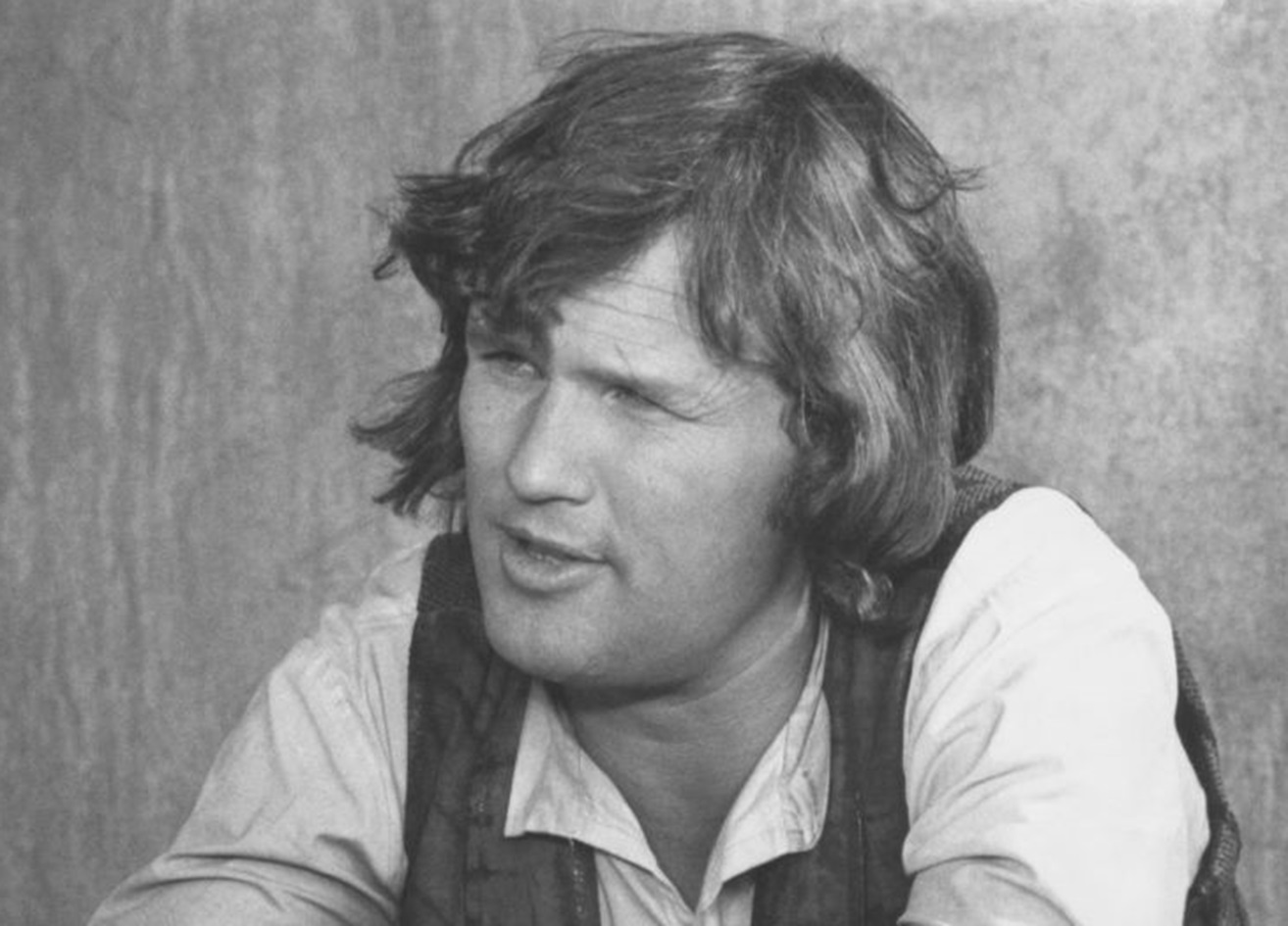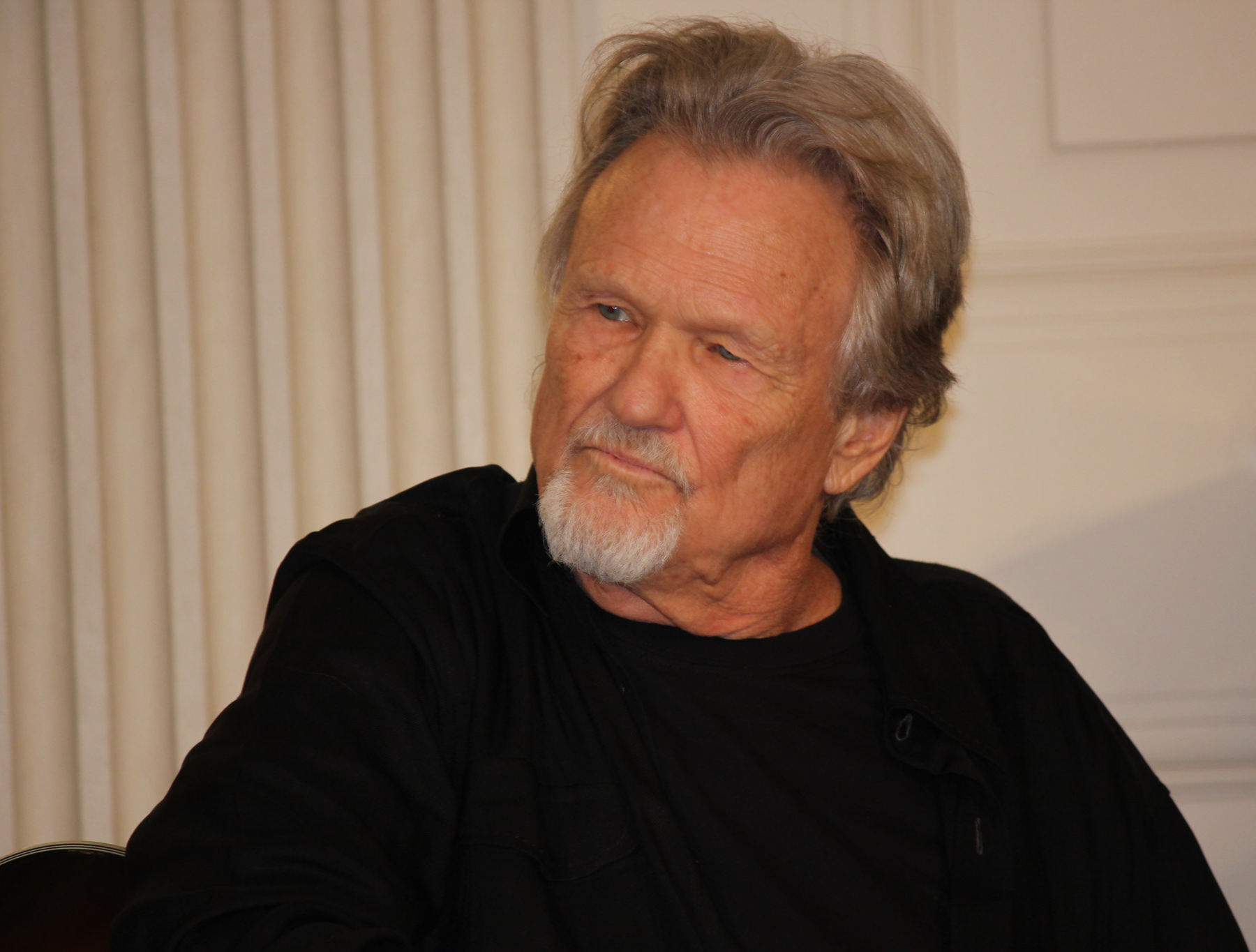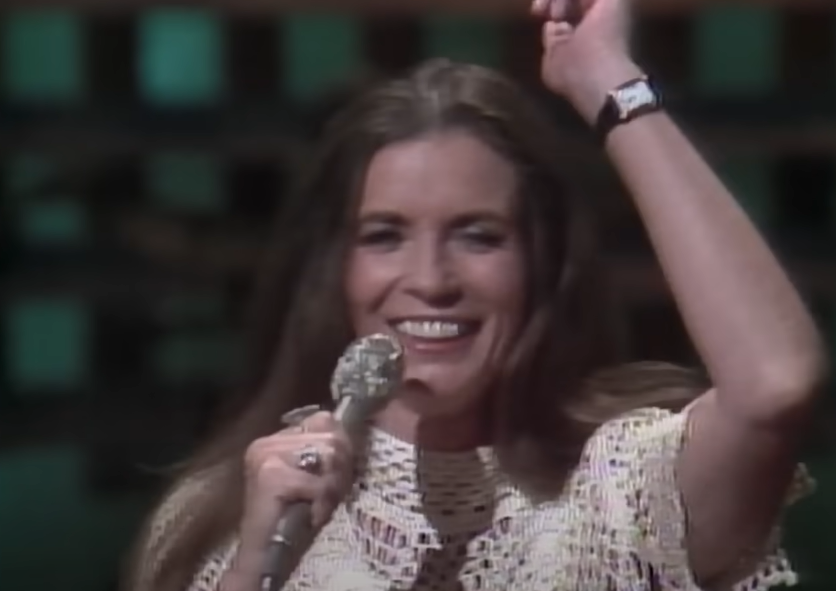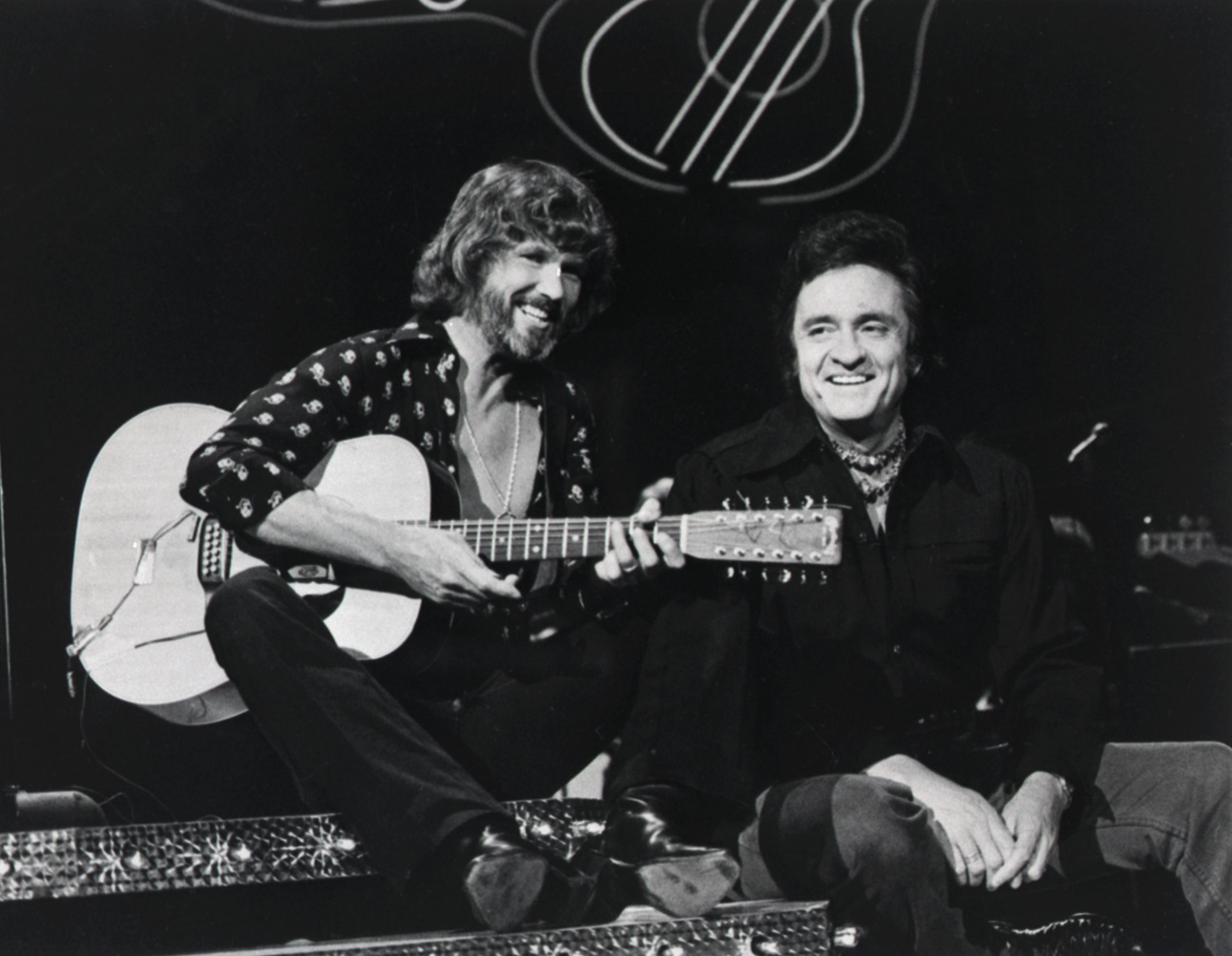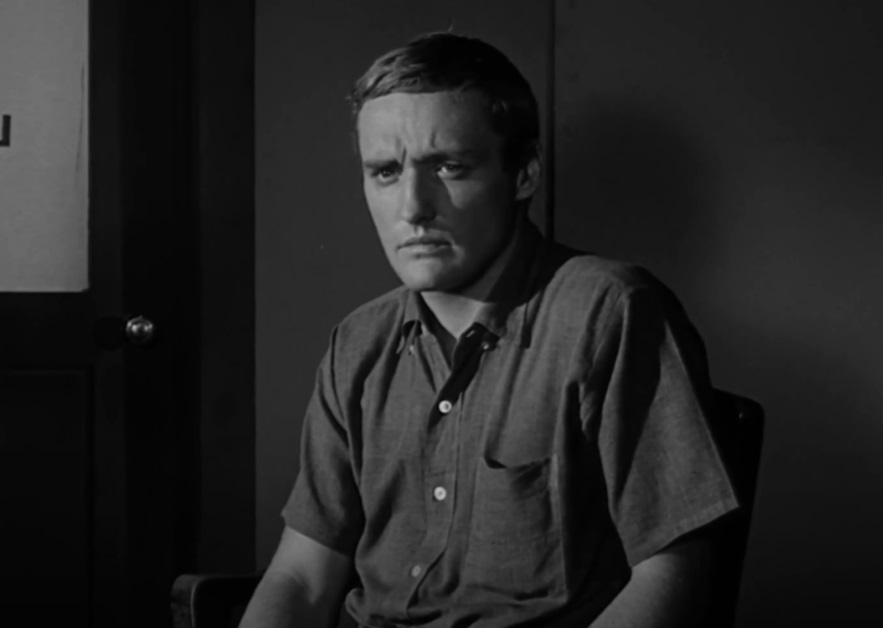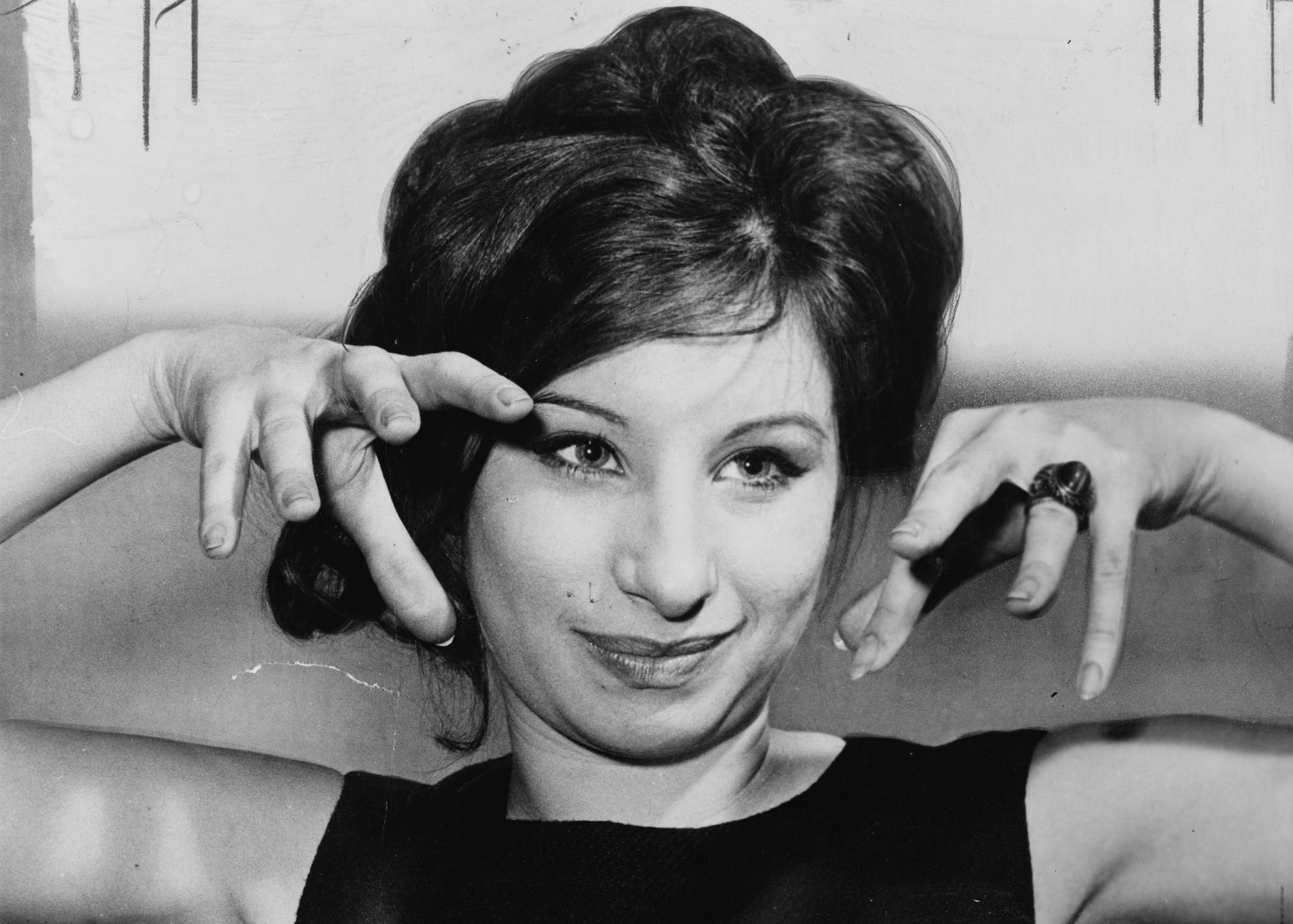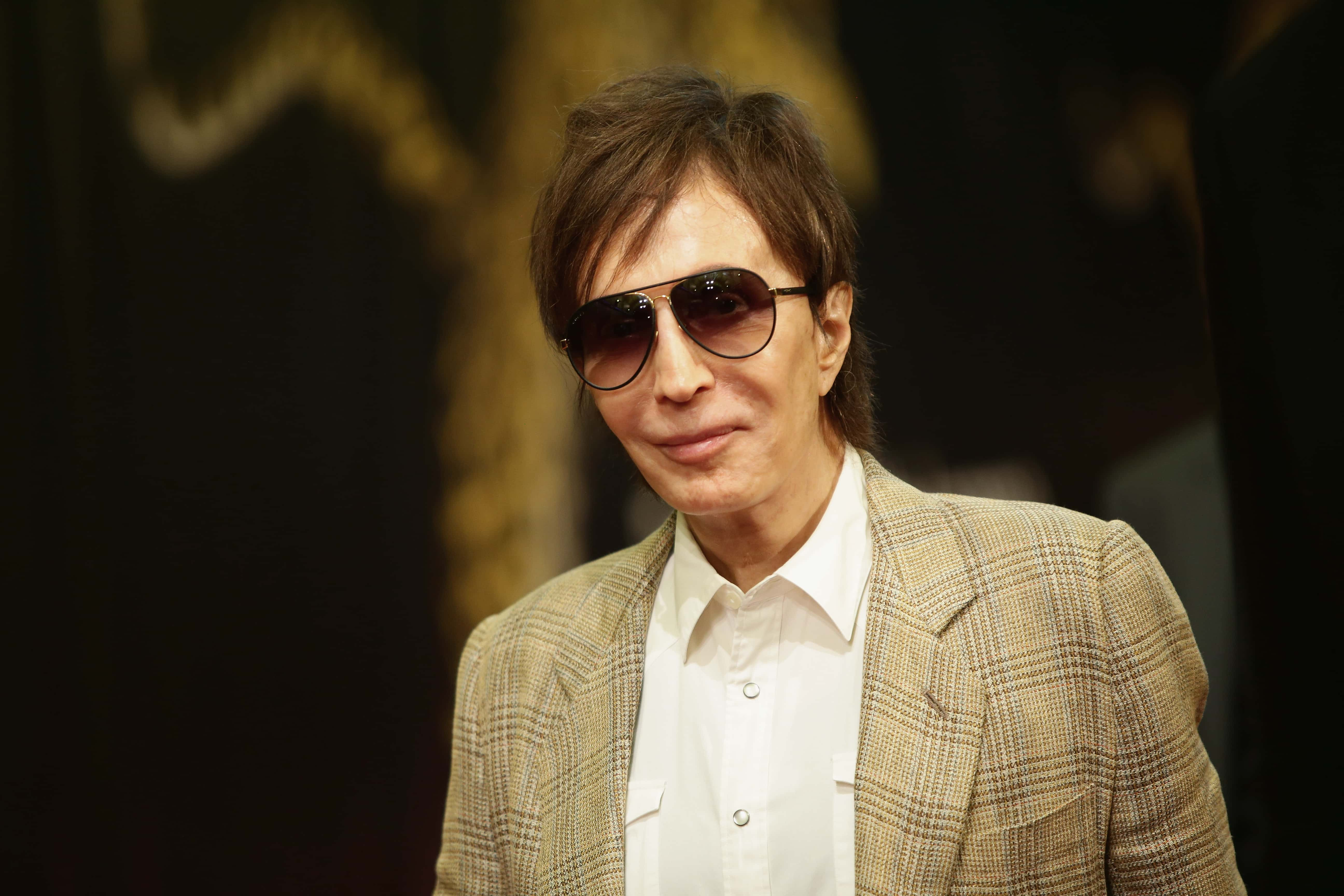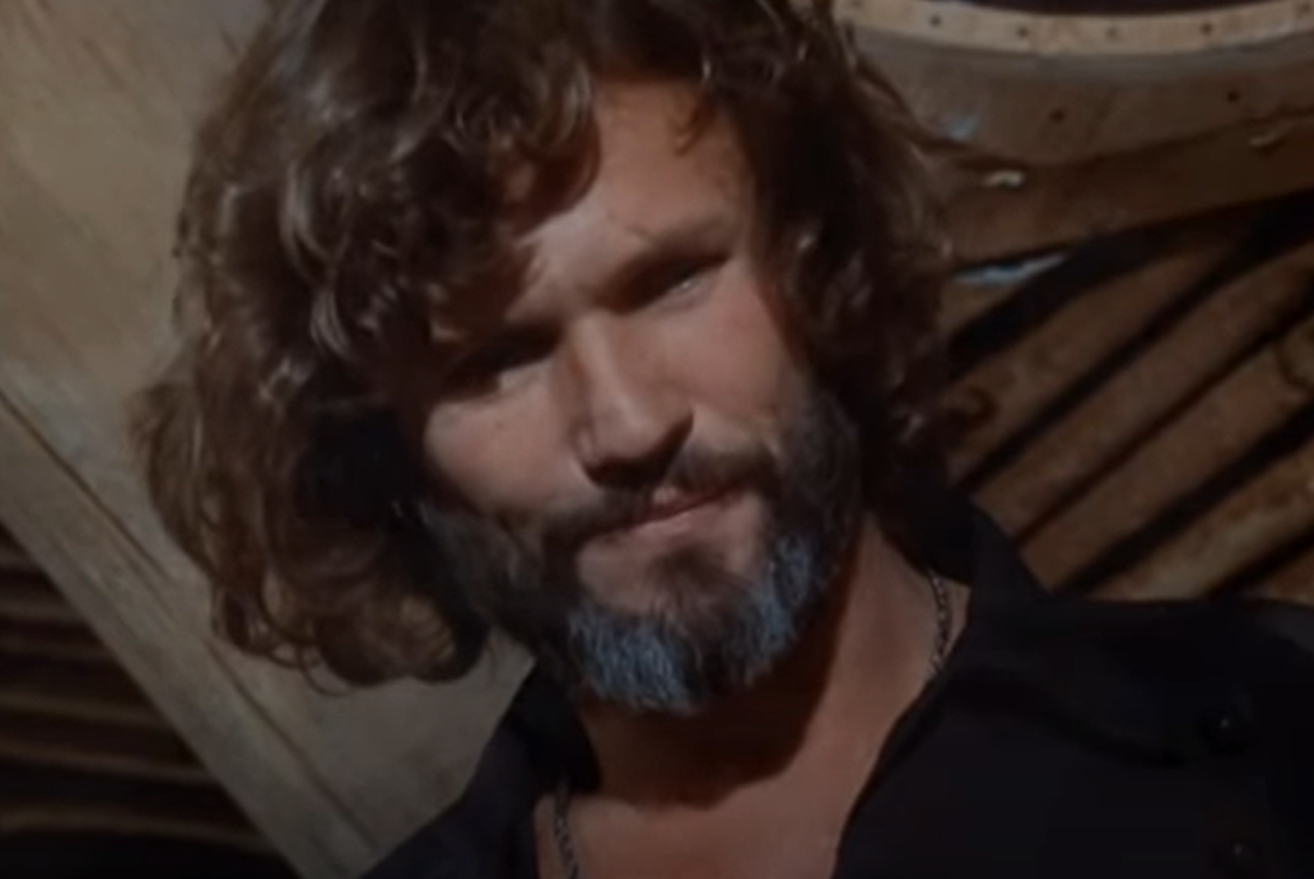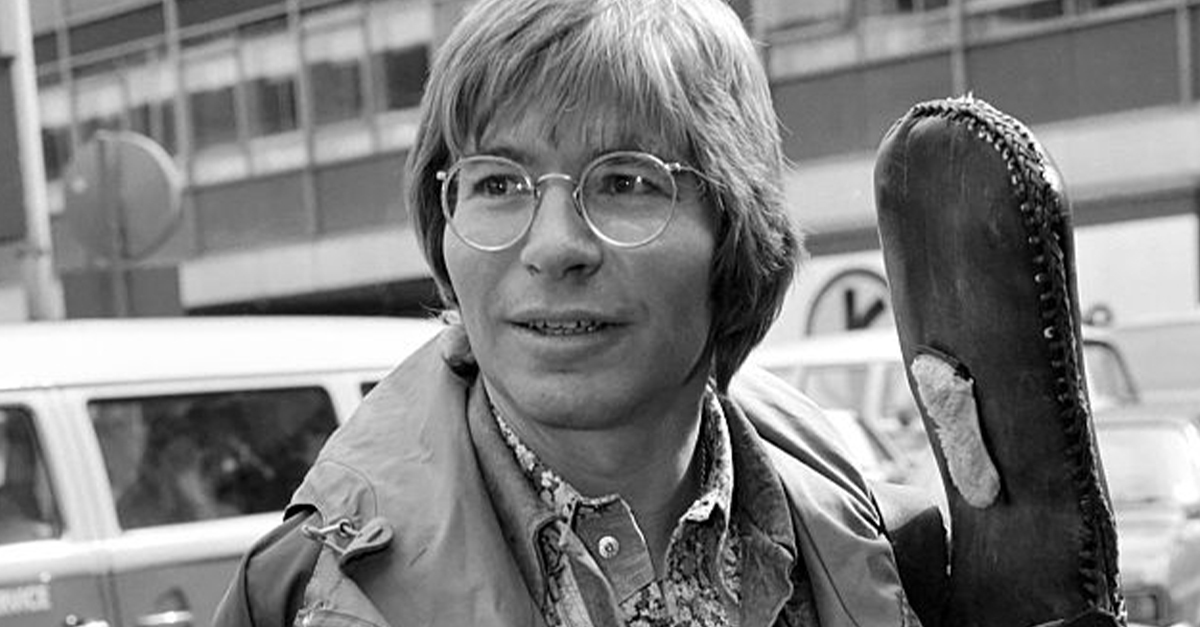Kris Kristofferson was wildly popular as both a musician and a leading man in Hollywood films—but all it took was one giant misstep to make it all come crashing down.
1. He Had It All
Kris Kristofferson seemed to have everything. He had chiseled good looks, athletic prowess, serious smarts and his boots in both country music and popular Hollywood movies. That’s when he made a decision that would send his career in a new—and completely unwelcome–direction. Kristofferson spent the rest of his life trying to recover from one of Hollywood’s biggest disasters.
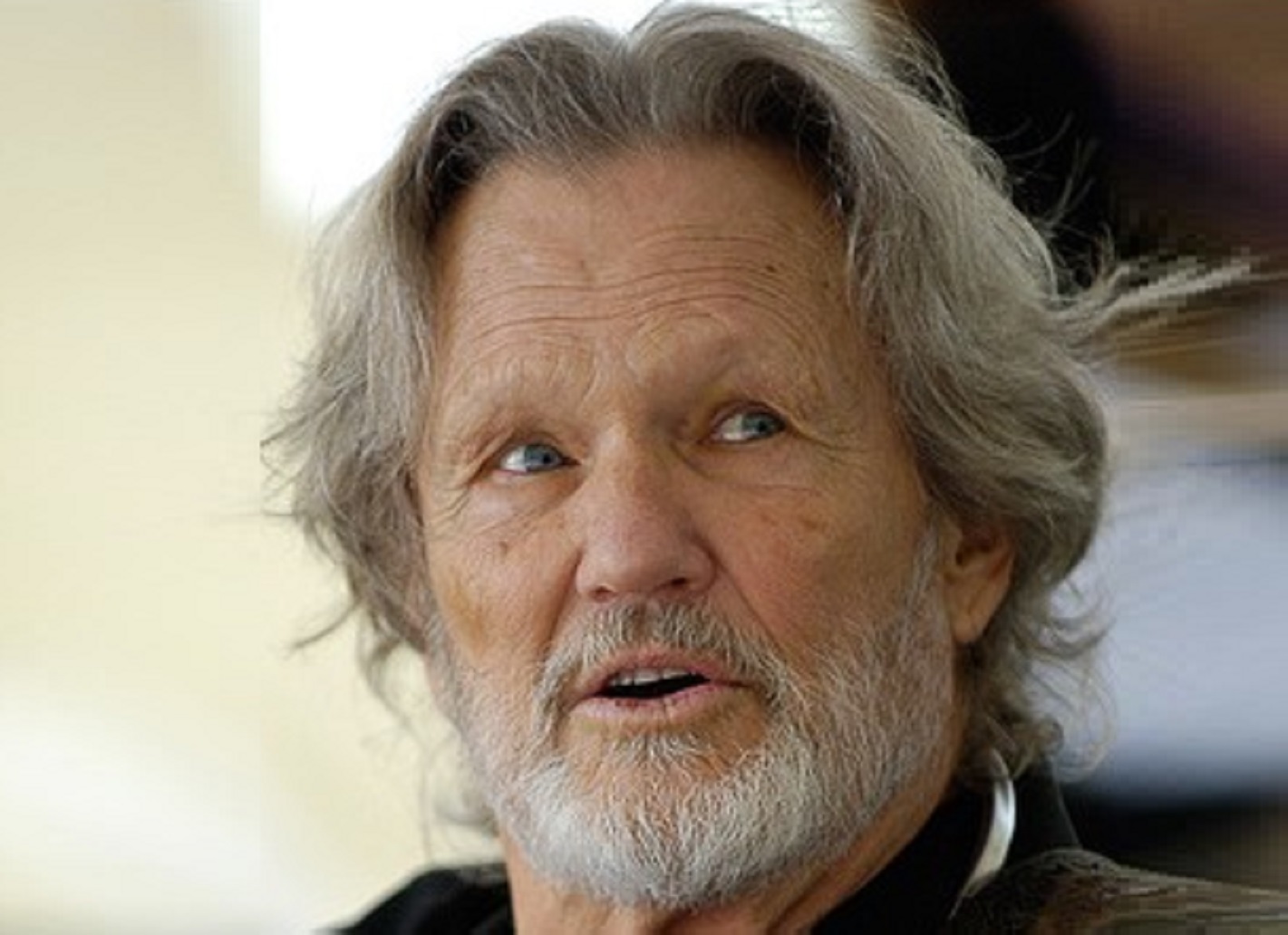 Lain Coubert, CC BY 2.0, Wikimedia Commons
Lain Coubert, CC BY 2.0, Wikimedia Commons
2. His Name Was On Repeat
Kris Kristofferson was born on June 22, 1936, in Brownsville, Texas. His parents—Mary Ann and Lars Henry—didn’t have a problem naming their son the rather repetitive Kristoffer Kristofferson. Dad was an army man, and he hoped his son would follow in his footsteps.
Well, Dad was in for a big disappointment, because Kristofferson had something completely different in mind.
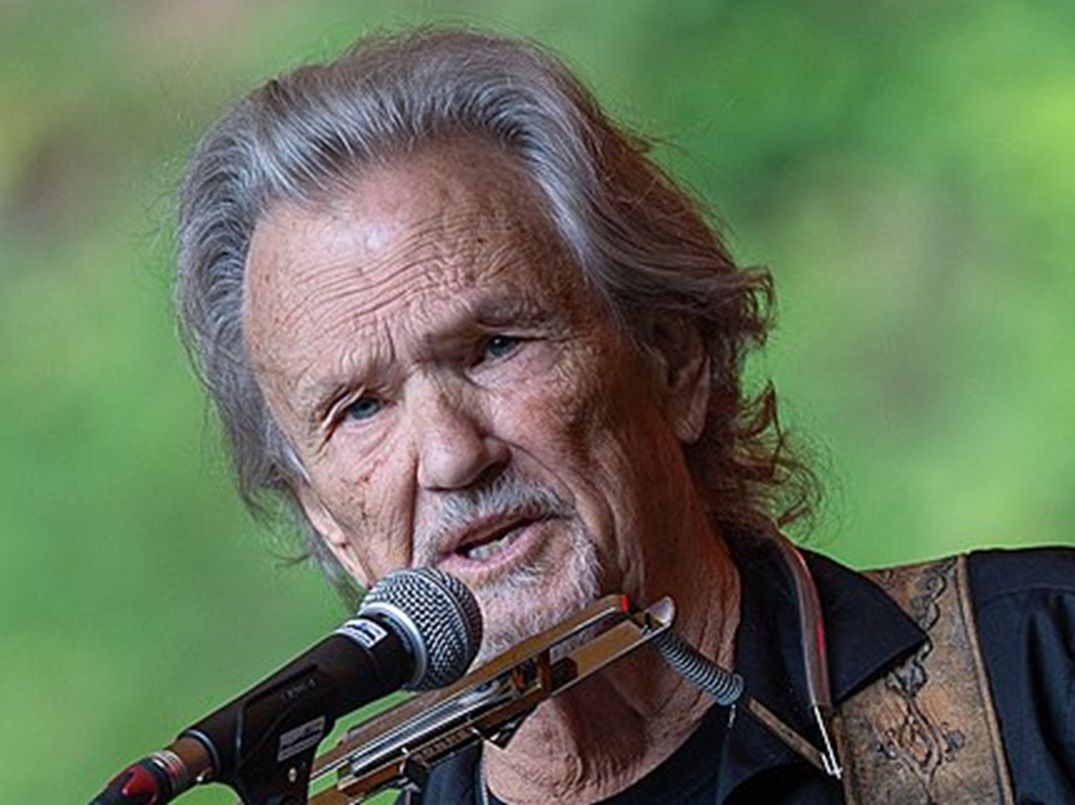 Stefan Brending, Wikimedia Commons
Stefan Brending, Wikimedia Commons
3. He Fought For Rights
Kris Kristofferson had an interest in battles—just not ones on a battlefield. A teenage Kristofferson wanted to fight for the rights of others, and he did this through writing. The Atlantic Monthly even published some of his first essays. One of Kristofferson’s favorite fights was against racism.
Music wasn’t yet on Kristofferson’s radar. He still had other talents he wanted to exploit.
4. He Was In The Middle Of The Ocean
After doing the extraordinary job of dredging for oil in the middle of the Pacific Ocean, Kris Kristofferson started at Pomona College and dove head first into sports. In true Kristofferson style, he didn’t just play sports. He ended up in Sports Illustrated magazine because of his accomplishments in football, rugby, and track and field.
Kristofferson seemed destined for greatness, and soon he got a calling he couldn’t say no to.
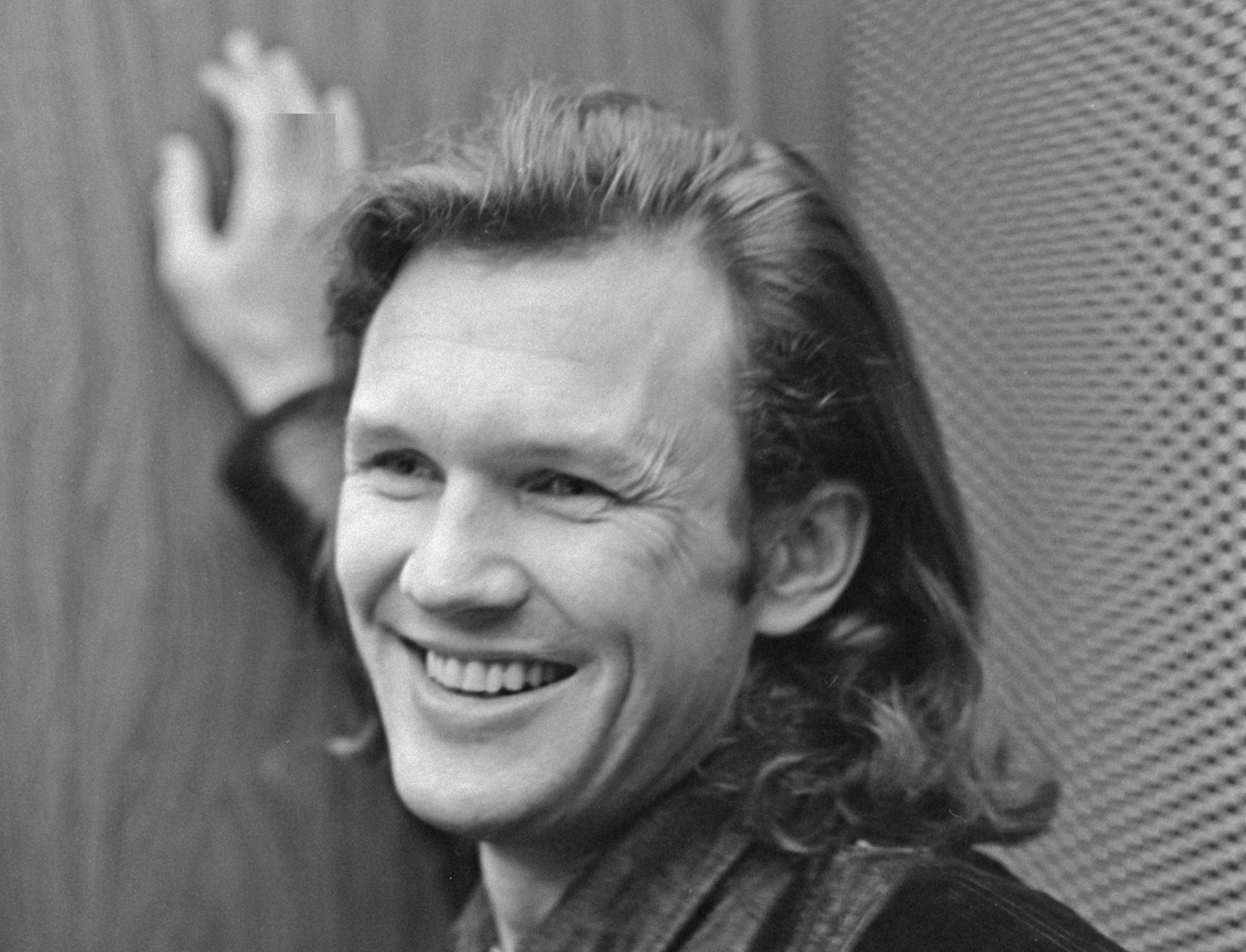 Michael Ochs Archives, Getty Images
Michael Ochs Archives, Getty Images
5. He Excelled
In 1958, Kris Kristofferson got a Rhodes Scholarship and headed to the University of Oxford. He again began to excel at sports—rugby and boxing—but something else started while he was there. He started writing songs, and with the help of another student, he met up with an agent named Larry Parnes.
Parnes came up with a unique idea of how to package Kristofferson to sell to British audiences.
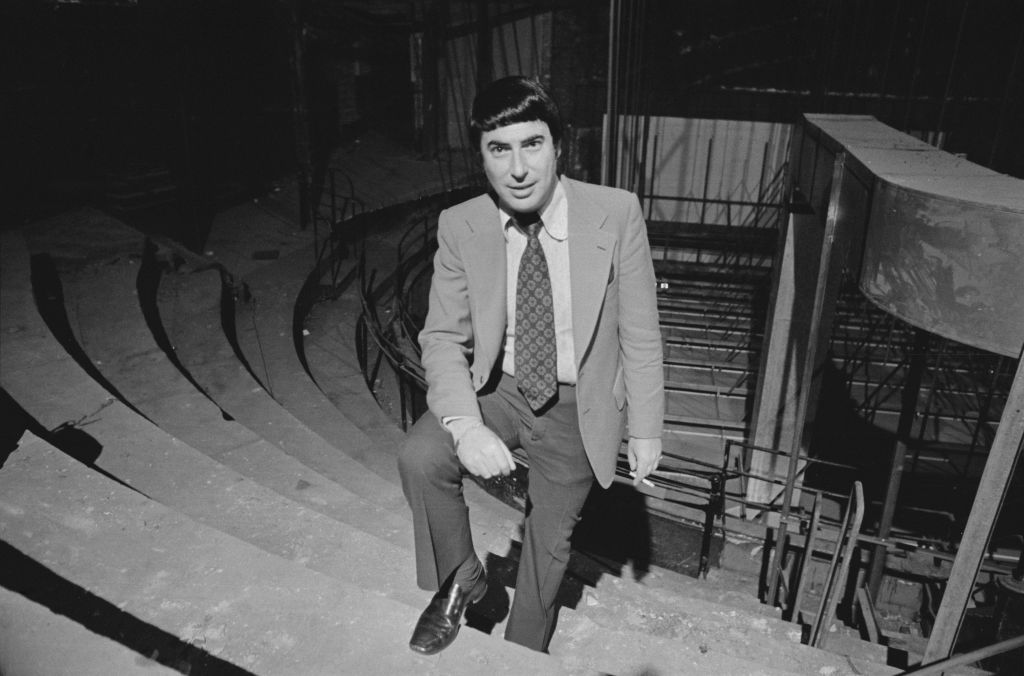 Evening Standard, Getty Images
Evening Standard, Getty Images
6. He Was A Yank
Parnes’ idea to promote Kris Kristofferson was to call him “a Yank at Oxford”. He also decided to trim his name to Kris Carson. Parnes’ plan didn’t work, and Kristofferson met up with failure—likely for the first time in his life. Kristofferson’s reaction was surprising. None of this really bothered him, as music wasn’t his ultimate goal. He actually wanted to write novels.
There was only one thing waiting for Kristofferson back in the States—and it was probably the last thing on earth he wanted to do.
7. He Did What Dad Wanted
Besides marrying his high school sweetheart, Frances Beer, Kris Kristofferson returned to America to finally do what his daddy wanted him to do. Dad had sat back and watched his son pursue writing, sports and music, but now he insisted that his son give the US Army a try. Kristofferson honored his father’s wish and signed up.
On the surface, it looked like Kristofferson was following his dad’s advice—but he was not as committed as Dad thought.
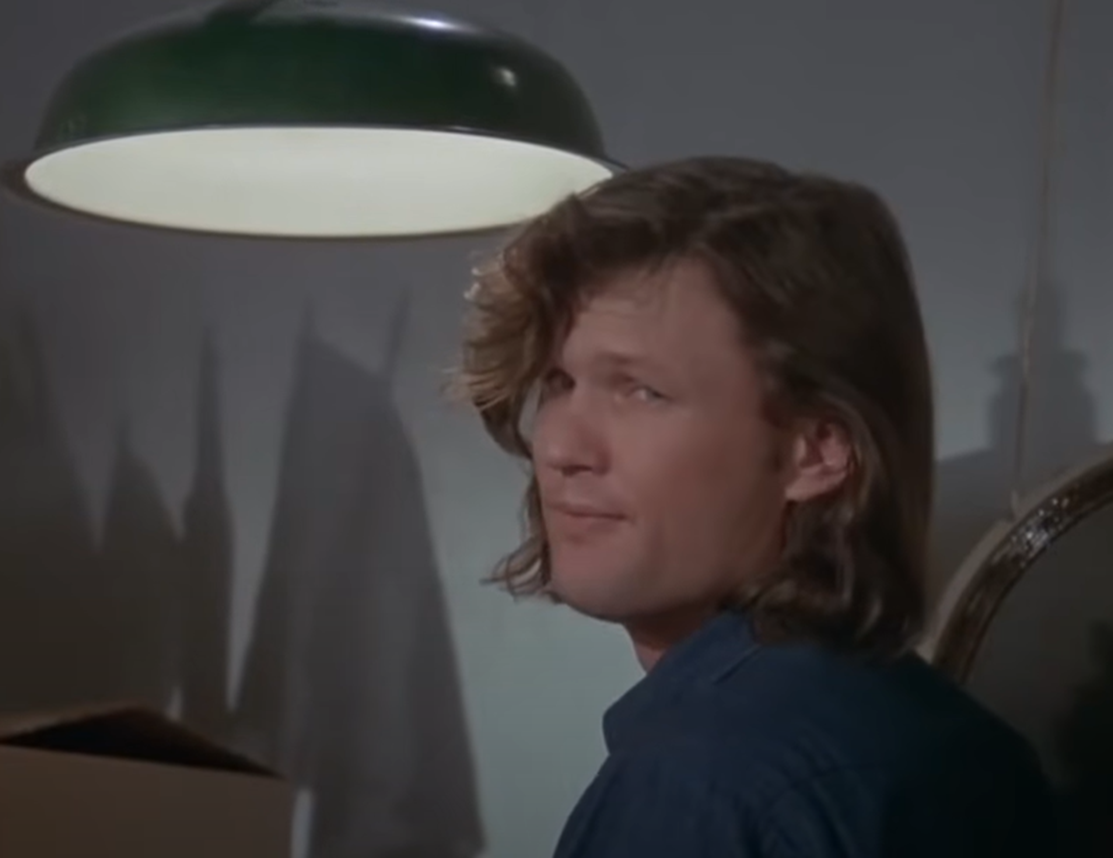 Columbia Pictures, Cisco Pike (1971)
Columbia Pictures, Cisco Pike (1971)
8. He Followed His Dream
After spending time in Germany with the 8th Infantry Division, Kristofferson got a transfer to teach at the prestigious West Point Academy. Of course, this would make dad happy—but Kristofferson had hit his limit when it came to kowtowing to other people’s goals. He left the army and decided revisit something that hadn’t quite worked out for him the first time: music. His first attempt was in songwriting.
When Kristofferson's parents found out about his decision, they hit the roof.
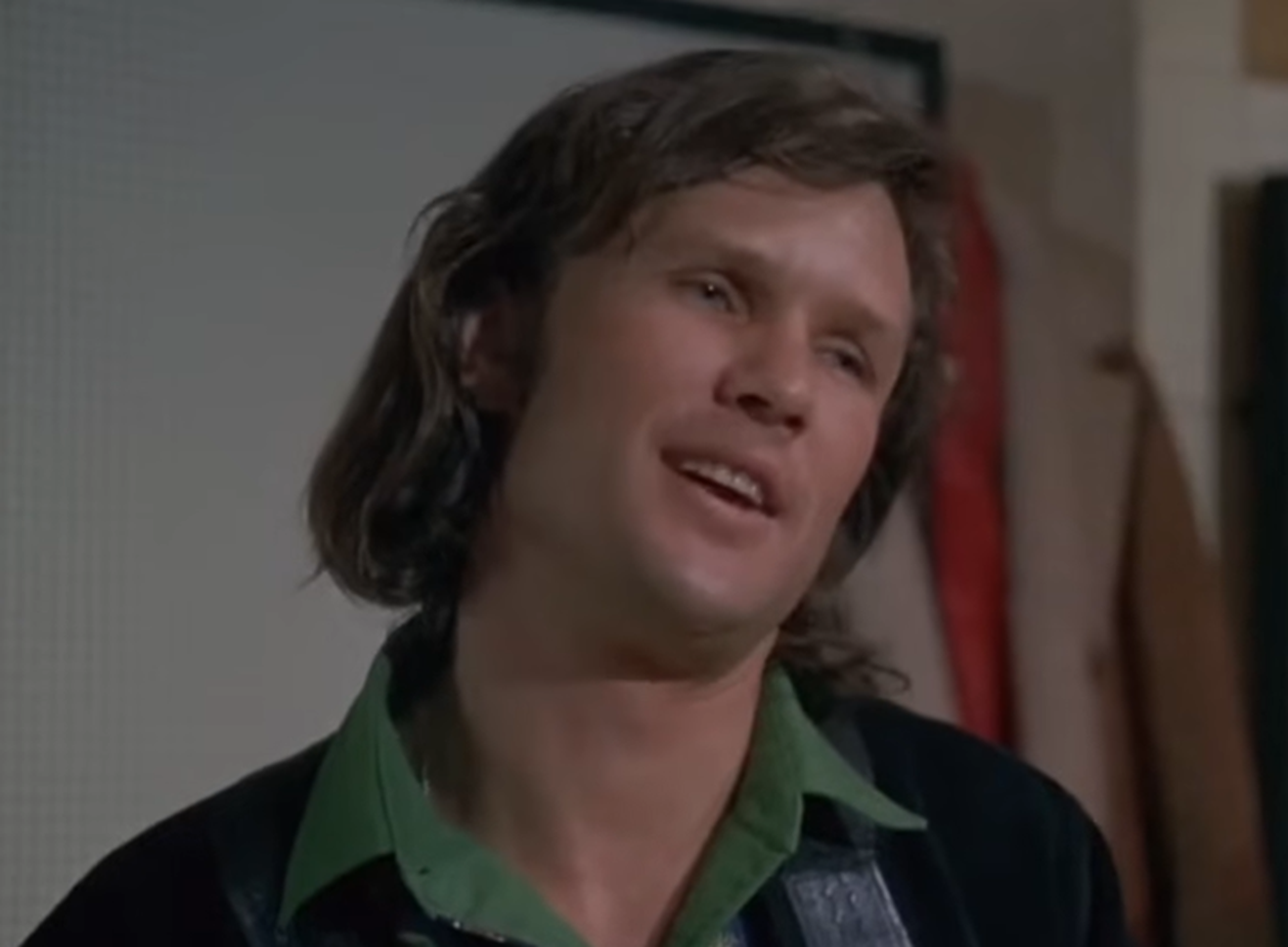 Columbia Pictures, Cisco Pike (1971)
Columbia Pictures, Cisco Pike (1971)
9. He Was At The Center
Kristofferson's parents did not want a musician in the family, so when they found out their son wanted to be one, their reaction was devastating. They cruelly disowned him. This did little to dissuade Kristofferson, and he and his wife moved to Nashville, Tennessee, so he could be at the center of the country music scene.
While he waited for fame, Kristofferson did whatever work he could find. Then fate threw him a curve ball.
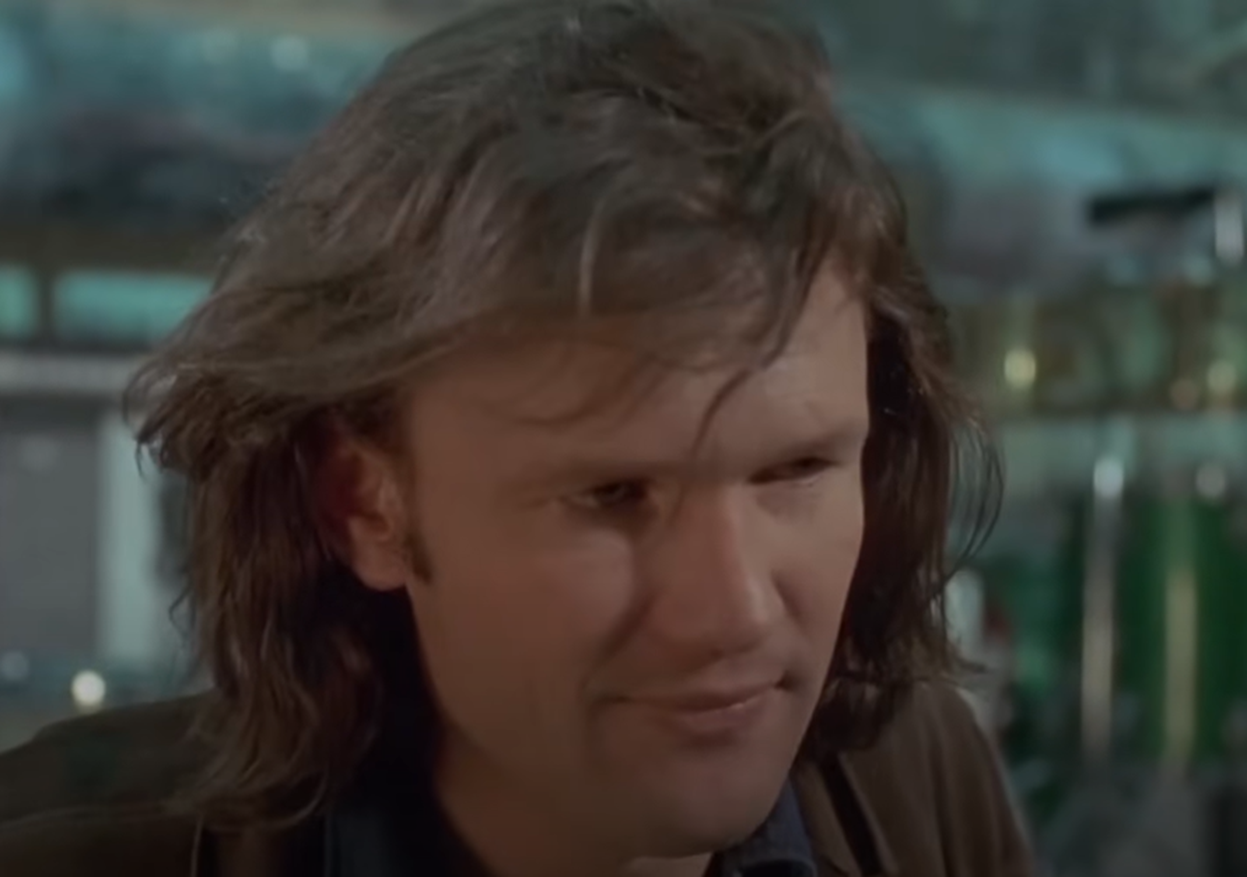 Columbia Pictures, Cisco Pike (1971)
Columbia Pictures, Cisco Pike (1971)

Sign up to our newsletter.
History’s most fascinating stories and darkest secrets, delivered to your inbox daily. Making distraction rewarding since 2017.
10. He Hit Rock Bottom
By this time, Kris Kristofferson and his wife had a son and a daughter. The son—Kris Junior—was not healthy. He had trouble with his esophagus, and the cost of keeping him healthy was eating into Kristofferson's small salary. This was a difficult time for Kristofferson and his wife, and they divorced in 1968.
Kristofferson had given up his family to make it in show business, and he needed a break more than ever.
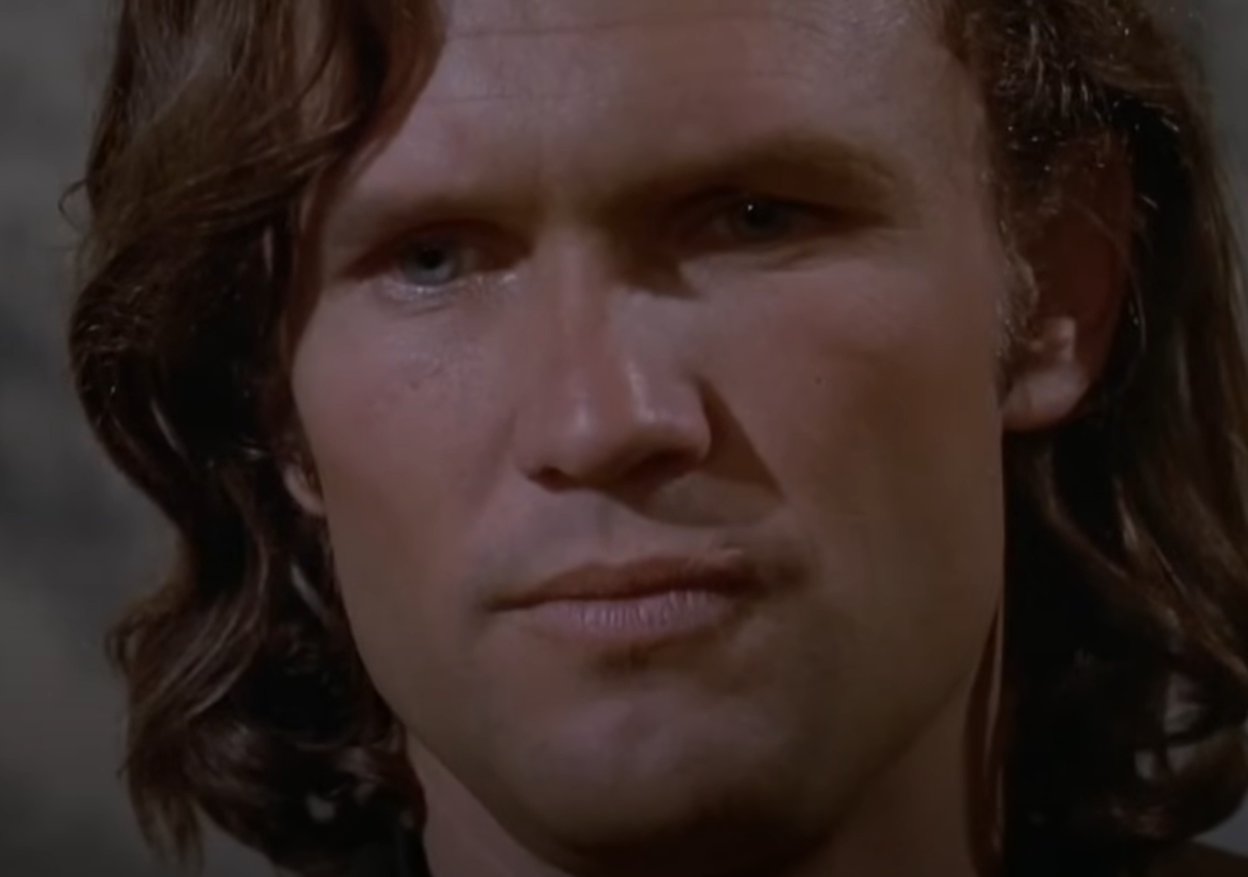 Columbia Pictures, Cisco Pike (1971)
Columbia Pictures, Cisco Pike (1971)
11. He Had A Plan
Kris Kristofferson had a job cleaning up at Columbia Recording Studios, and he had a plan to get his music noticed. While working at the studio, he’d met June Carter, and he urged her to give her husband—Johnny Cash—a copy of his music. Carter agreed, but it didn’t go quite as Kristofferson had planned.
12. He Was Back At Square One
Carter did give Kristofferson's tape to Cash, but the legendary performer did not listen to it. Instead, he put the tape on a pile with all the other hopefuls, and Kristofferson was back to square one. Around this time, Kristofferson had a job flying helicopters—a skill he’d learned while with the military—and he came up with a way to get Cash to notice him.
His plan was more than a little unorthodox.
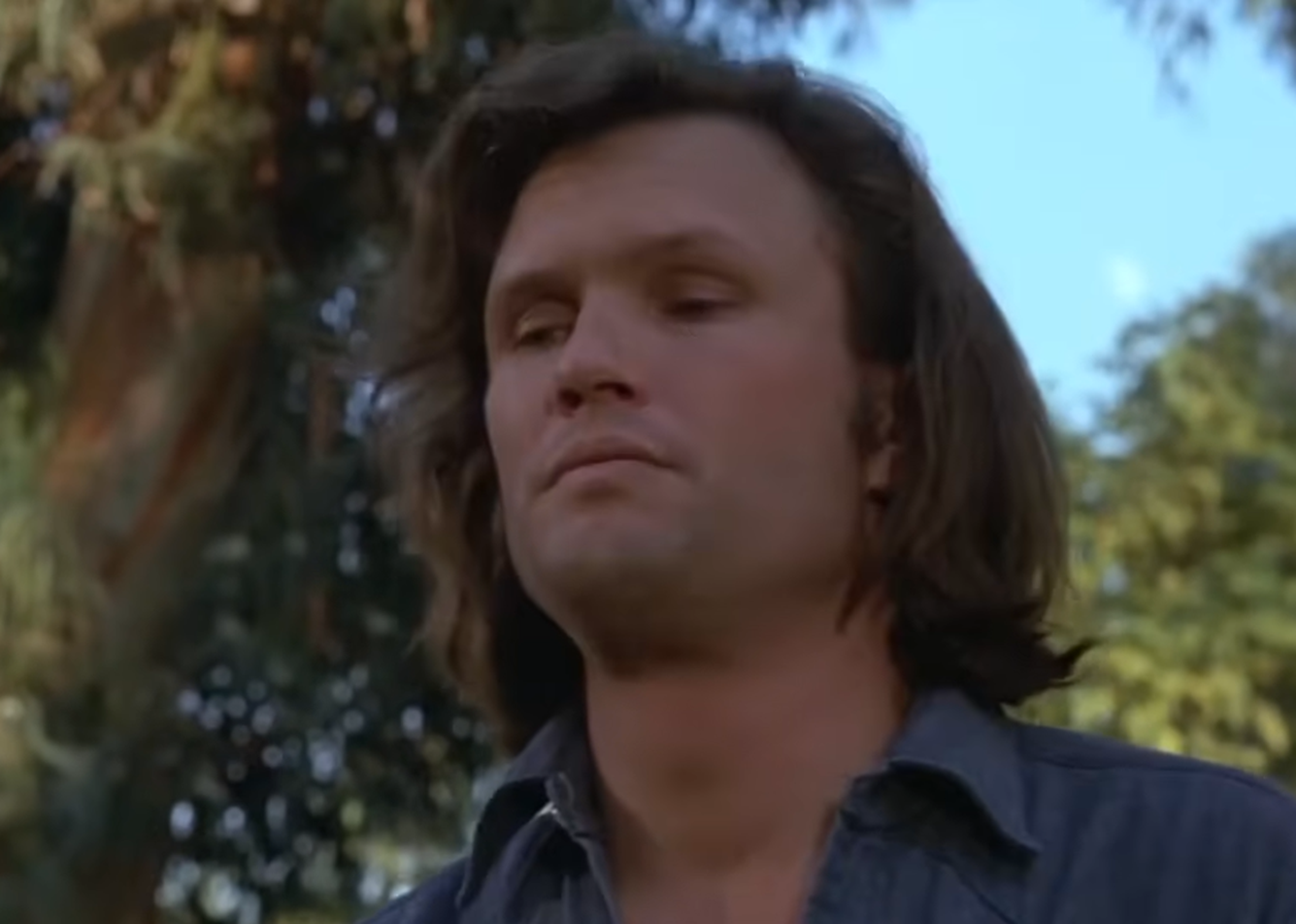 Columbia Pictures, Cisco Pike (1971)
Columbia Pictures, Cisco Pike (1971)
13. He Arrived Unexpectedly
The story goes that Kris Kristofferson decided to land a helicopter right in Cash’s front lawn. What happened next is a little murky. Some say that Kristofferson leapt off the helicopter and walked up to Cash, holding a beer in one hand and a bunch of songs in the other. That may or may not have happened, but one thing is for sure.
The stunt finally got Cash to notice Kristofferson.
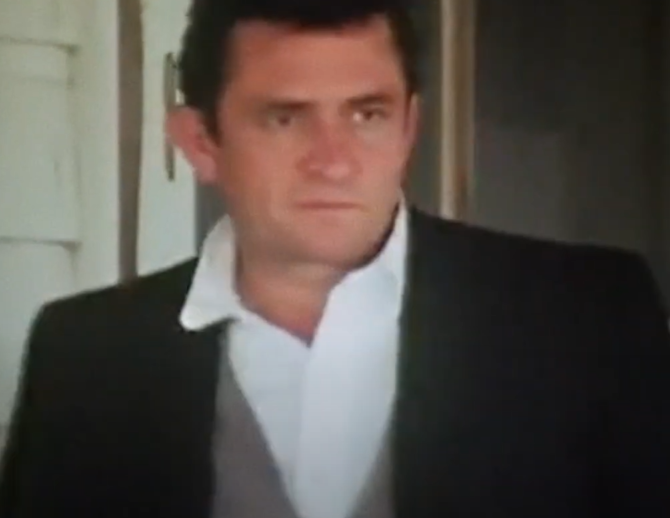 Lionsgate, Johnny Cash: The Redemption of an American Icon (2022)
Lionsgate, Johnny Cash: The Redemption of an American Icon (2022)
14. It Was A Hit
One of the songs on the tape that Kristofferson had given Cash was “Sunday Mornin’ Comin’ Down” and Cash liked it. He liked it enough to record it, and Kristofferson was soon the recipient of Song of the Year from the Country Music Association Awards.
But when Cash decided to perform the song live, there was trouble.
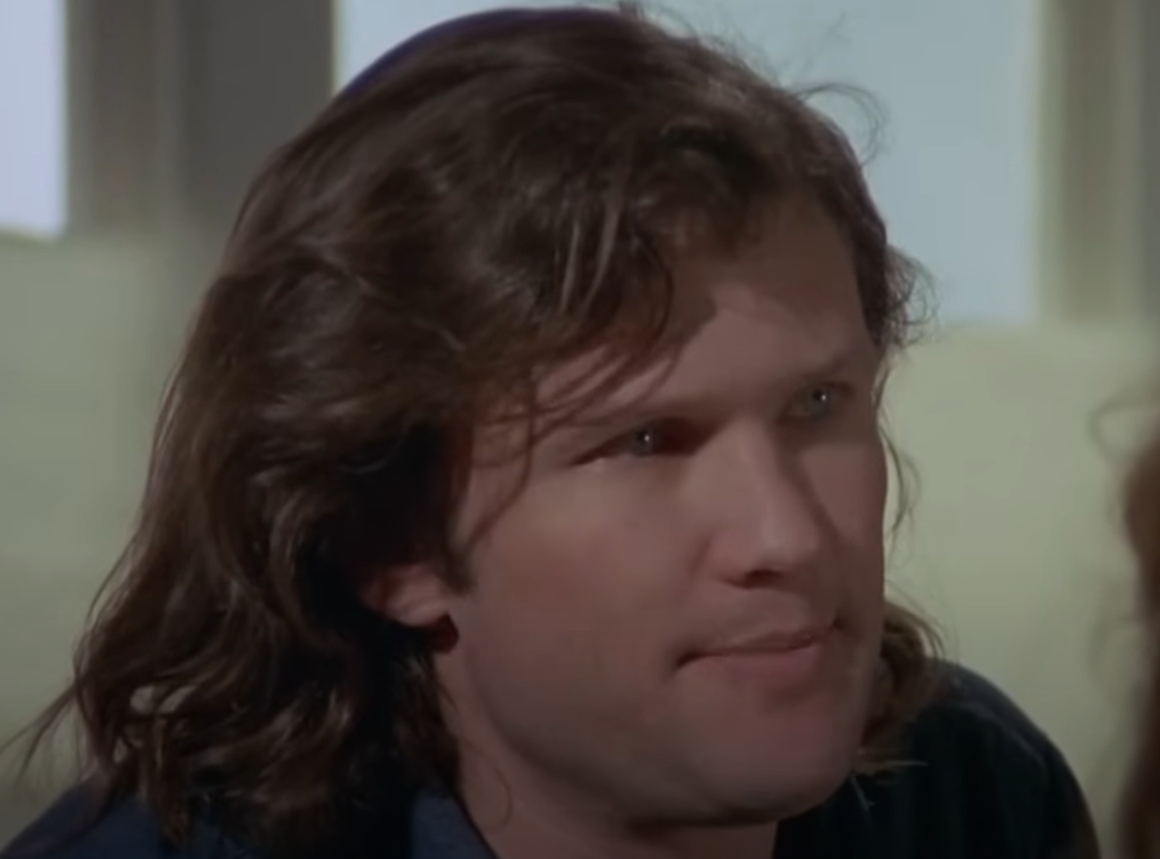 Columbia Pictures, Cisco Pike (1971)
Columbia Pictures, Cisco Pike (1971)
15. They Had A Problem With A Word
Cash wanted to showcase Kristofferson's song on The Johnny Cash Show, but the studio executives had a problem. In the lyrics there is the word “stoned”, and they didn’t think Cash’s family audience would appreciate it. Cash stood up to the execs, and he sang the song the way Kristofferson had written it.
Once everyone saw what kind of songwriter Kris Kristofferson was, musicians were lining up for a piece of the action.
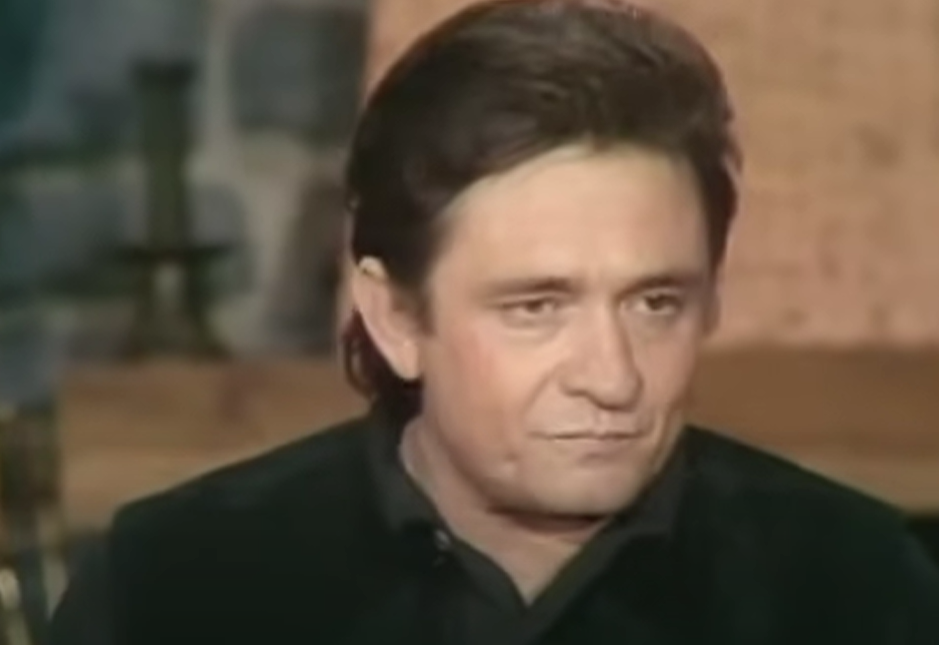 ABC, The Johnny Cash Show (1969–1971)
ABC, The Johnny Cash Show (1969–1971)
16. They Wanted Him
Over the next few years, more than a few musicians recorded Kristofferson's songs. The list includes mostly male singers from Jerry Lee Lewis to Ray Stevens. One of the first women to record a Kristofferson song was Janis Joplin, and there was something special about this collaboration.
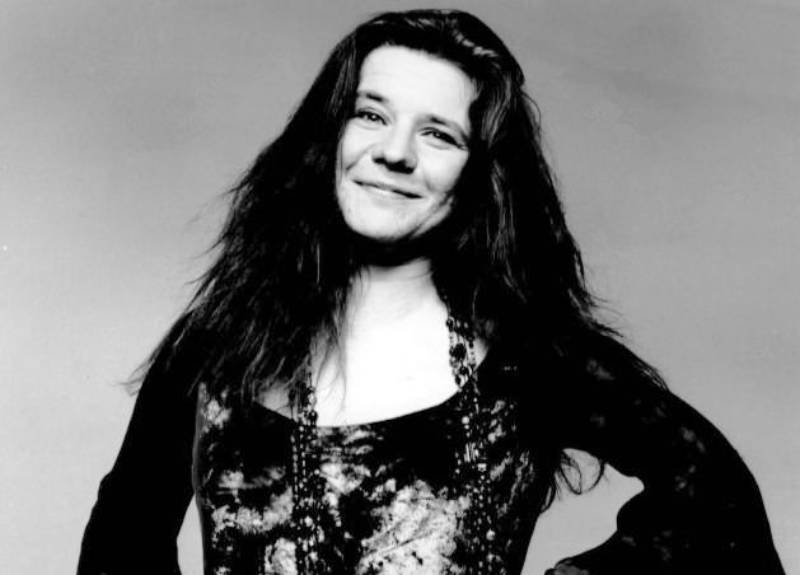 Grossman Glotzer Management Corporation, Wikimedia Commons
Grossman Glotzer Management Corporation, Wikimedia Commons
17. She Never Saw It
Before Janis Joplin recorded Kristofferson's “Me and Bobby McGee”, she and Kristofferson dated—but there was a sad ending to this love story. They had already broken up when she recorded it, and Joplin didn’t live long enough to see the song become a huge hit. Joplin passed due to an overdose in 1970.
Kristofferson was now single and ready to mingle, but he met his next girlfriend in an unusual way.
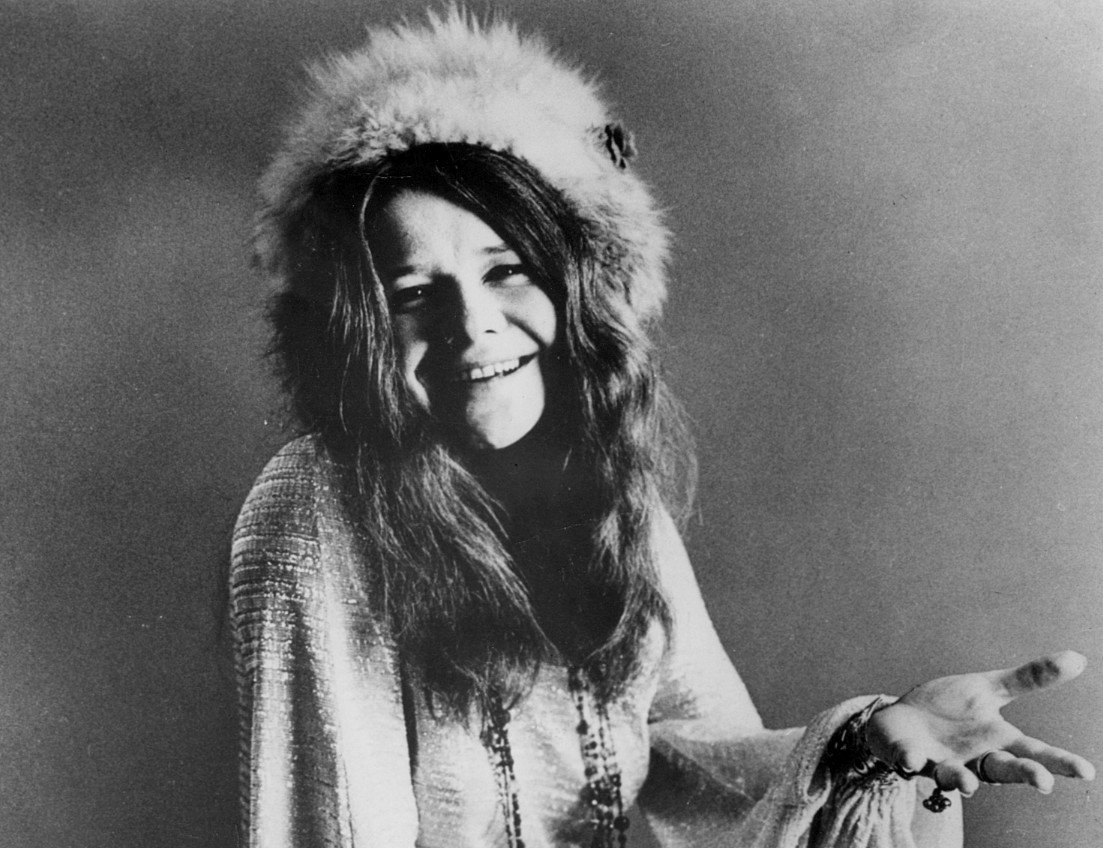 Albert B. Grossman, Wikimedia Commons
Albert B. Grossman, Wikimedia Commons
18. He Had A Meet Cute
While waiting to board a plane at LAX, Kris Kristofferson bumped into fellow musician Rita Coolidge. The two got to talking, and Kristofferson was so smitten that he changed his plans and got off in Memphis with Coolidge. These two musicians were at the beginning of their careers, and dating each other seemed like a good idea.
Well, things wouldn’t end so well for this couple.
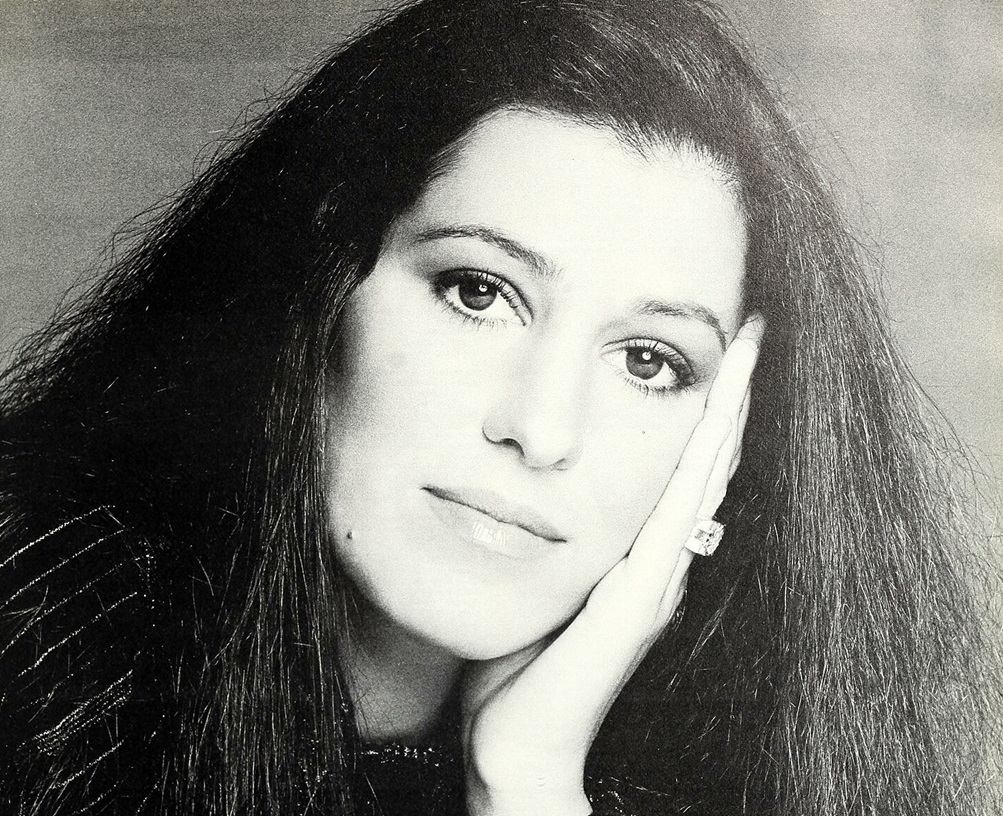 A&M Records, Wikimedia Commons
A&M Records, Wikimedia Commons
19. He Got Called On Stage
Kris Kristofferson was enjoying the success of other people recording his songs, but things changed in 1969 at the Newport Folk Festival. Once again it was Cash who was stepping in and giving Kristofferson a break. During his set, Cash called Kristofferson to join him on stage. This one performance would change Kristofferson's life forever.
20. He Finally Found Success
Back in 1970, Kris Kristofferson released his first album simply called Kristofferson, but it failed to thrill audiences. Joplin’s recording of “Me and Bobby McGee” certainly helped with Kristofferson's level of fame so, in 1971, when he released The Silver Tongued Devil and I, fans were already on board with all things Kristofferson.
But there was more than just music in Kristofferson's blood.
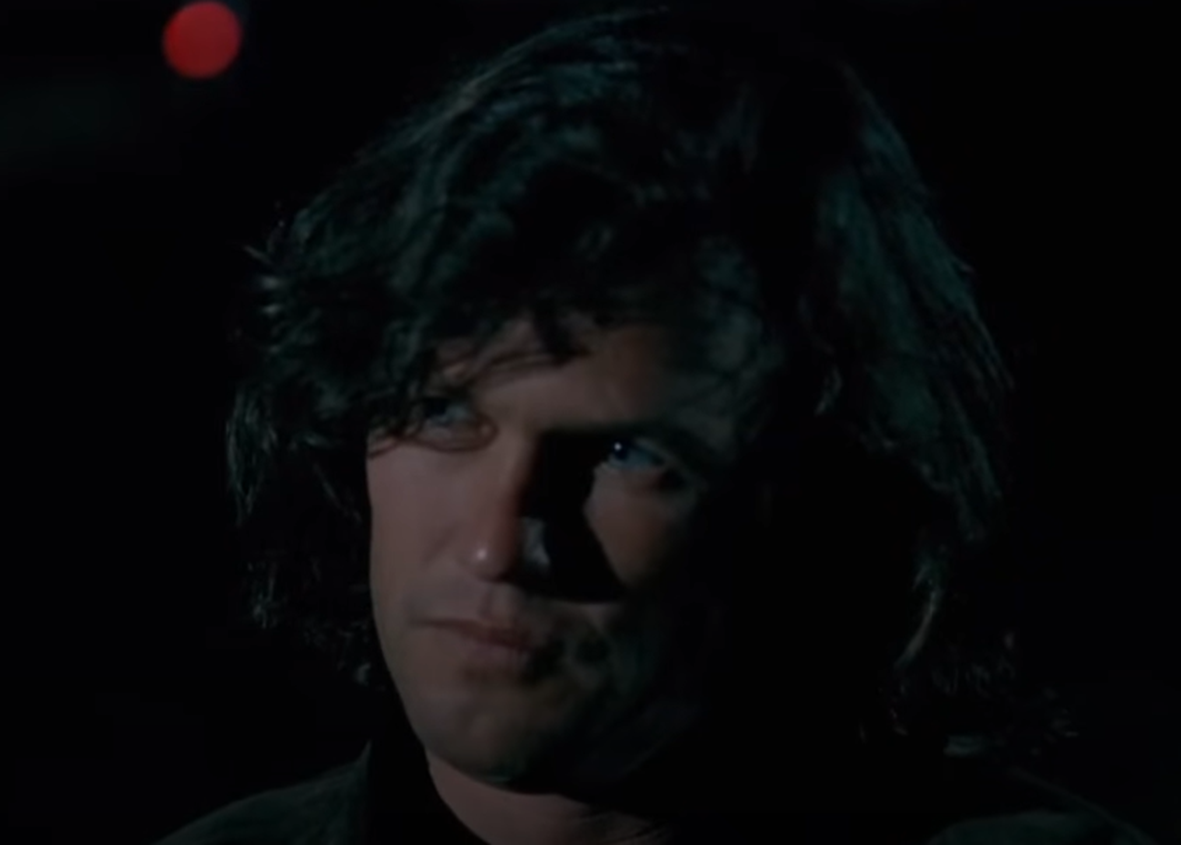 Columbia Pictures, Cisco Pike (1971)
Columbia Pictures, Cisco Pike (1971)
21. He Had A Strange Friend
As a member of the outlaw country music scene, Kris Kristofferson was amassing an interesting collection of friends. One of them was rebellious director and actor Dennis Hopper. Hopper was a role model for the counterculture movement, and he wanted Kristofferson along for the ride. The movie was The Last Movie and Kristofferson, Hopper, and the rest of the cast headed down to Peru to begin filming.
It was Kristofferson's first time acting, and he had no idea how audiences would react.
22. He Was In A Bad Condition
Kris Kristofferson was going to have to wait to see how The Last Movie would do, as Hopper was taking how sweet time editing it. In the meantime, Kristofferson got an invitation to audition for Two-Lane Blacktop, which was going to feature actors who were also musicians. It was a great opportunity—but Kristofferson made a grave mistake.
He turned up at the audition completely intoxicated, and the roles went to Neil Young and Dennis Wilson. It was strike one against Kristofferson, and Hollywood wasn’t always fond of giving a second chance.
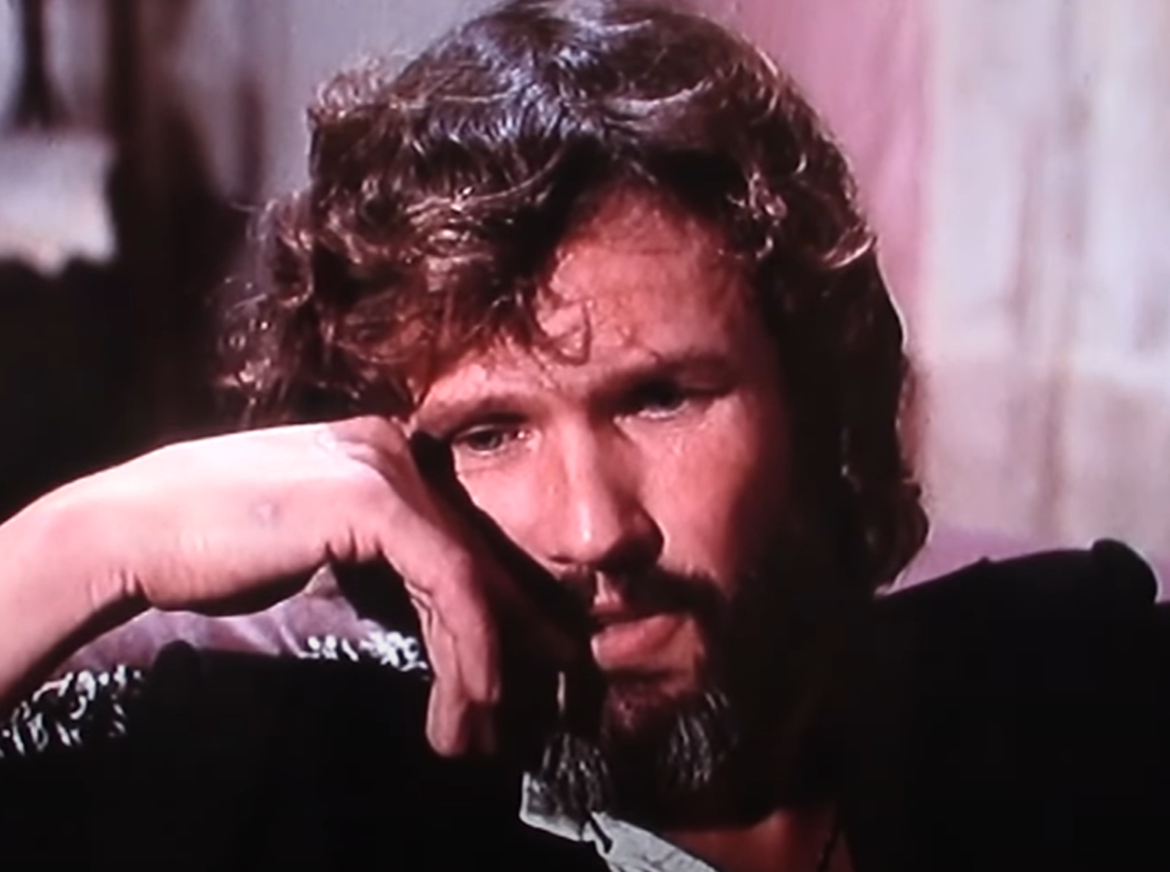 First Artists, A Star Is Born (1976)
First Artists, A Star Is Born (1976)
23. He Tried Again
Kris Kristofferson had failed to win a role on Two-Lane Backdrop, but he still received another script. This was for Cisco Pike, and Kristofferson would be the lead acting opposite Karen Black and Gene Hackman. This was another counterculture film, and in it Kristofferson plays a musician in a battle against the police.
One thing that Cisco Pike didn’t have on its side was timing.
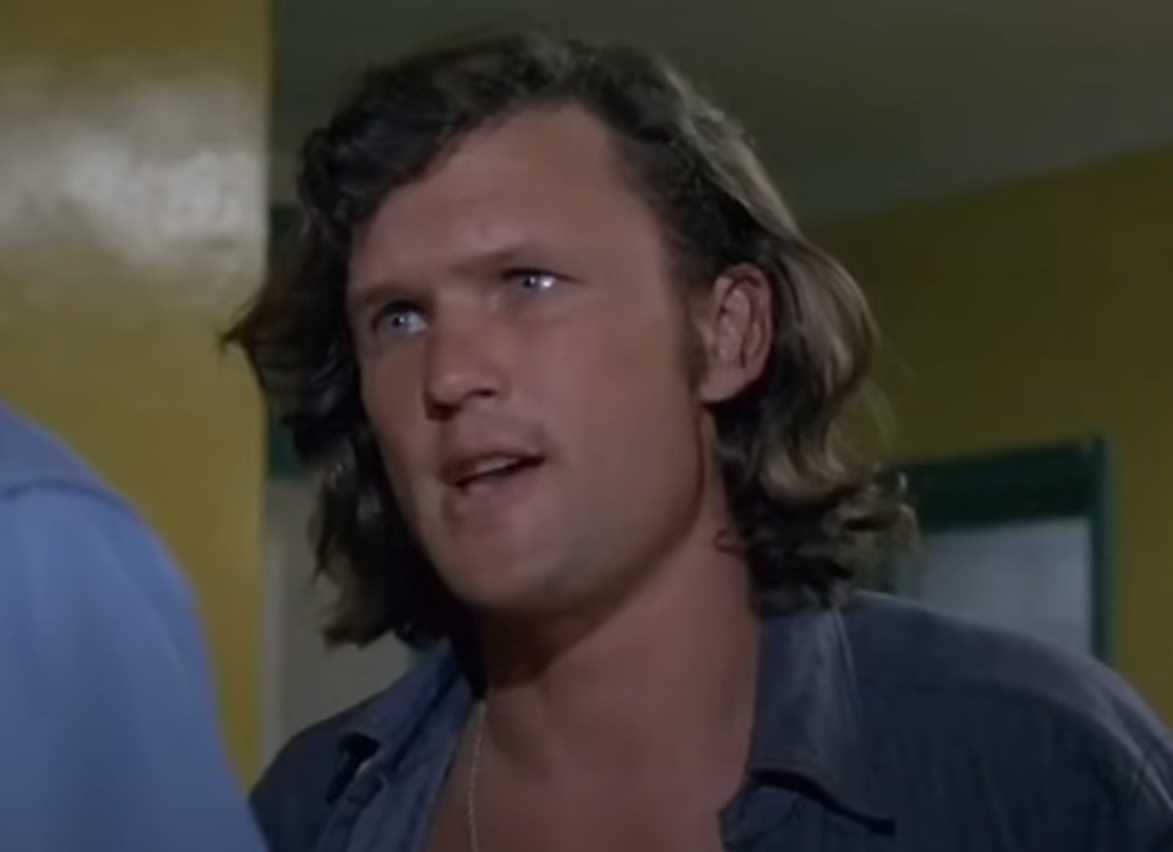 Columbia Pictures, Cisco Pike (1971)
Columbia Pictures, Cisco Pike (1971)
24. It Came At The Wrong Time
The release of Cisco Pike came around the same time as America began a battle against drug culture. There was also an economic collapse that sent audiences in search of feel-good movies. Cisco Pike didn’t do well, and it didn’t help that at this same time Hopper released The Last Movie to bad reviews. Kristofferson's first forays into acting were both a disaster.
He needed a hit film, and he needed it now.
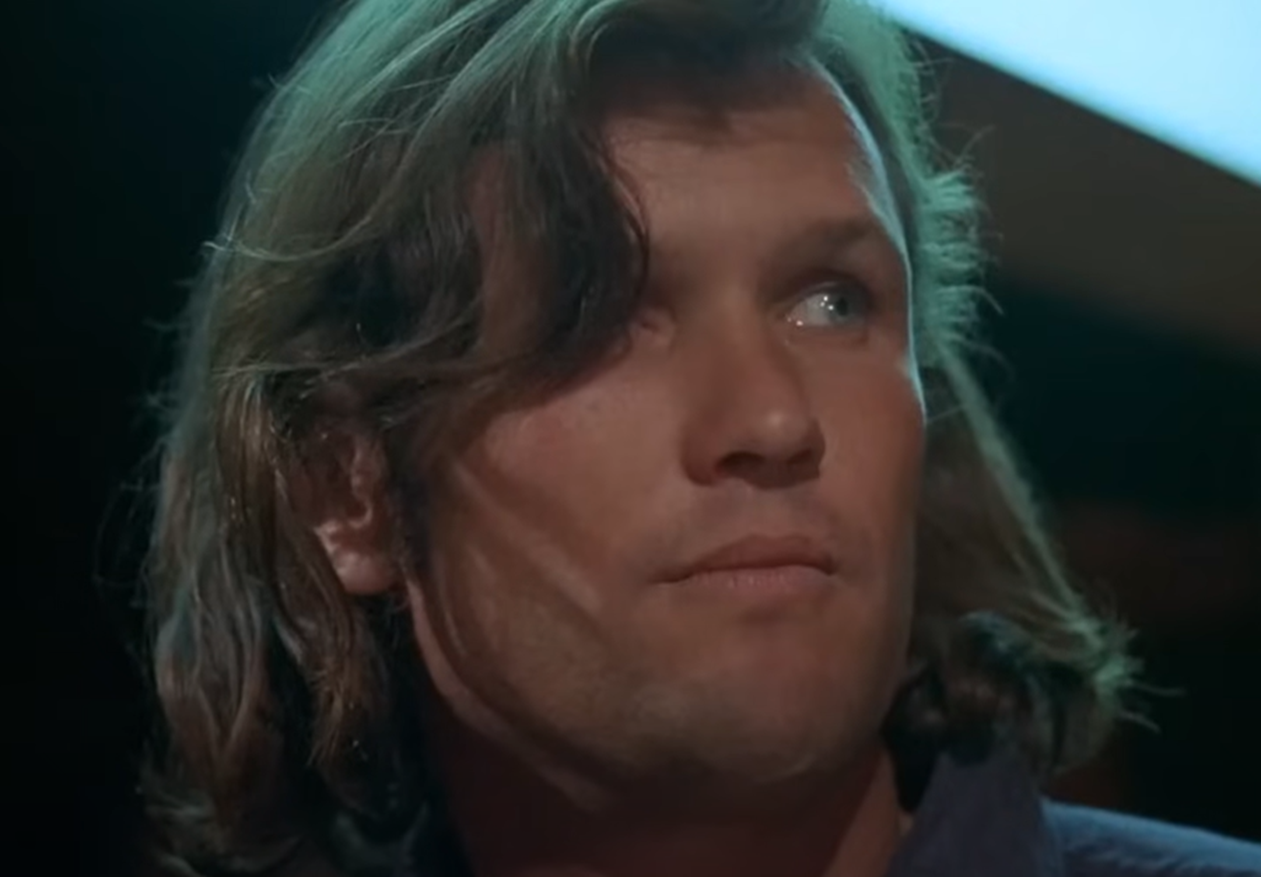 Columbia Pictures, Cisco Pike (1971)
Columbia Pictures, Cisco Pike (1971)
25. He Did A Rom-com
If Kristofferson wanted a career in mainstream Hollywood, counterculture denizens like Hopper were not the ones to help him get it. What would help him was a romantic comedy. He found one in 1973’s Blume in Love, and Kristofferson was once again playing a musician. Lucky for Kristofferson, this movie was a hit, and it gave him some serious movie clout.
Sadly, Kristofferson hitched his wagon to the wrong director.
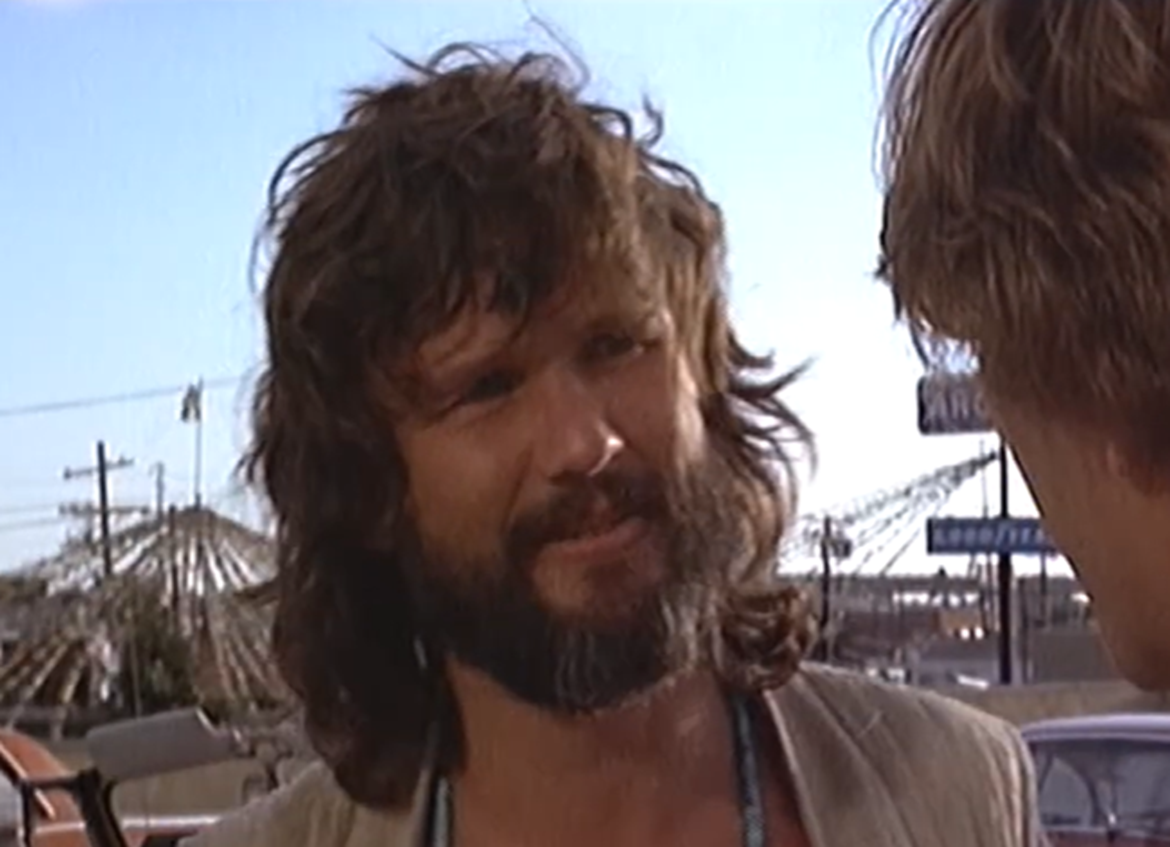 Warner Bros., Blume in Love (1973)
Warner Bros., Blume in Love (1973)
26. He Returned To Sports
Kris Kristofferson made three movies with acclaimed director Sam Peckinpah, and none of them were successful. Kristofferson walked away from Peckinpah and turned to something he knew well: sports. Semi-Tough placed Kristofferson opposite Burt Reynolds and they play two football players in love with the same woman.
Both Kristofferson and Reynolds knew how to play football, but when the director matched them with real-life players, things got out of control.
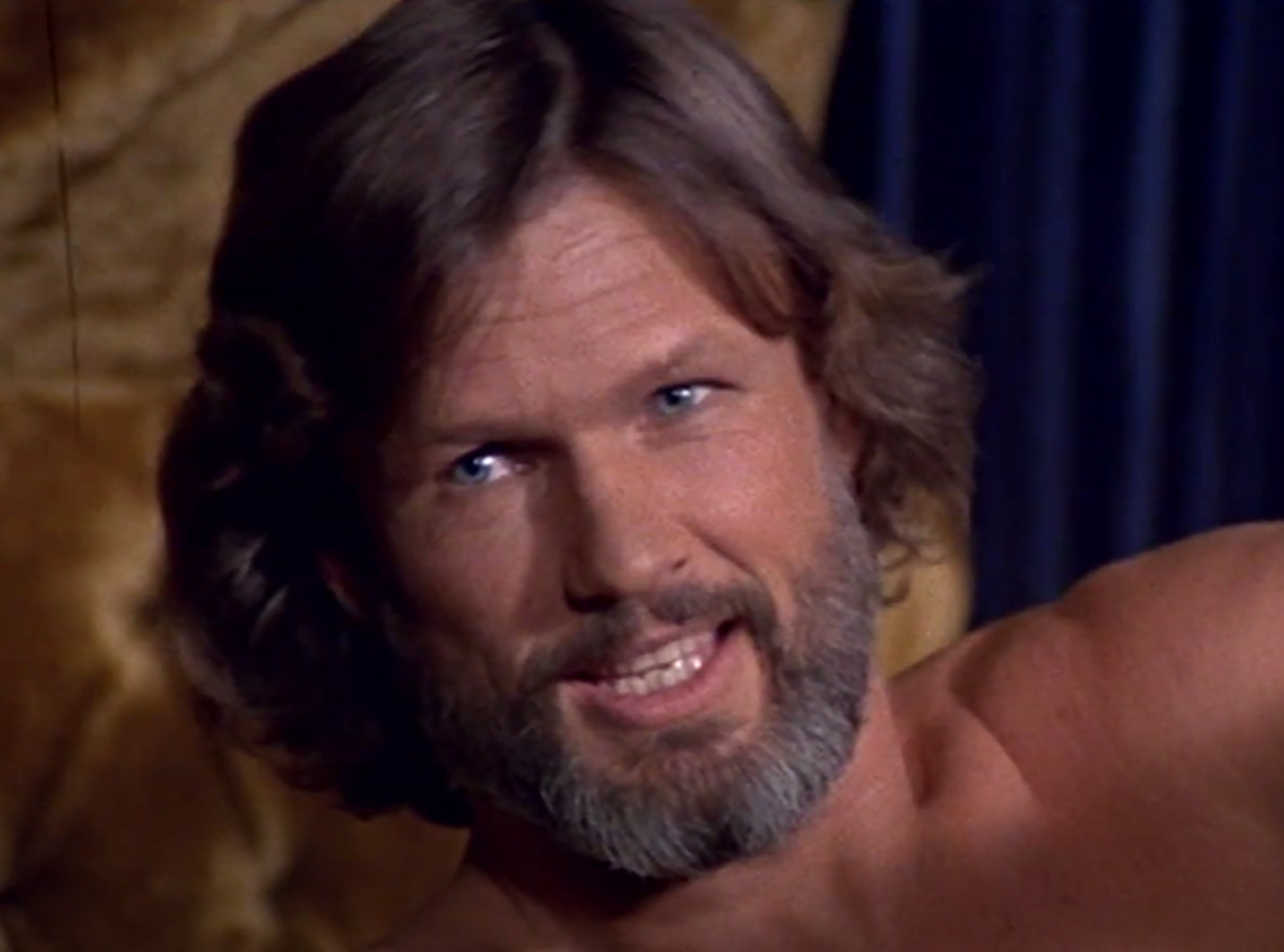 Charley Associates, Semi-Tough (1977)
Charley Associates, Semi-Tough (1977)
27. He Got Hit Hard
Both Kristofferson and Reynolds realized they had to get in shape for Semi-Tough, so they started working out together. Apparently, this wasn't enough. When Kristofferson started playing with actual professional athletes, they were in for a big surprise. The players hit him hard. Hard enough to break bones.
Kristofferson's next film wouldn’t cause him any injuries, but it would break his heart.
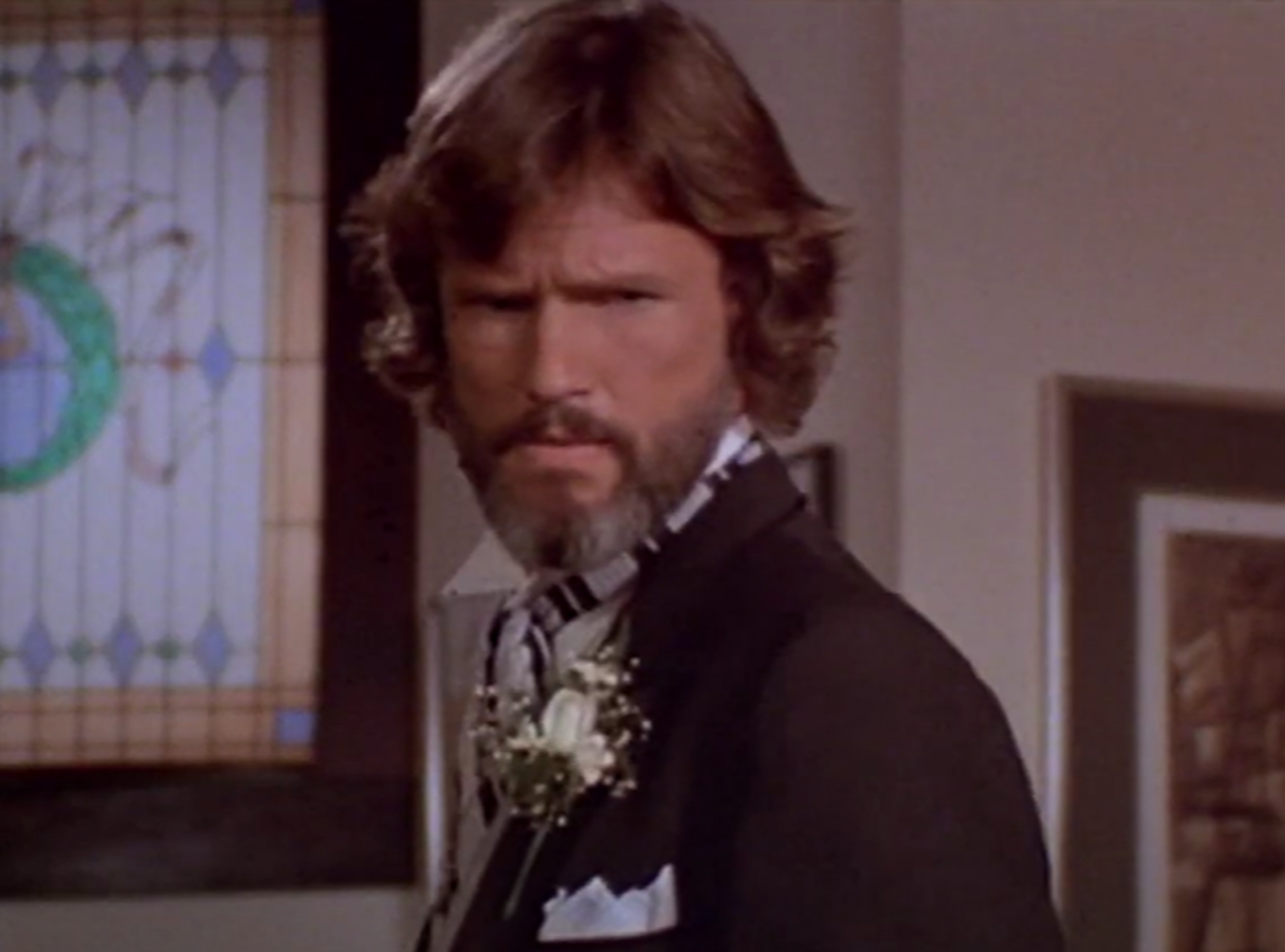 Charley Associates, Semi-Tough (1977)
Charley Associates, Semi-Tough (1977)
28. It Brought Back Memories
Tough guy director Martin Scorsese was preparing to make a very “out of character” film: comedy-drama Alice Doesn’t Live Here Anymore. Kris Kristofferson got the role of a rancher named David, who has two children that he has no relationship with. Playing the role was hard for Kristofferson. It made him face the fact that he also had two children that he’d left behind.
Besides the tears, something else came out of this time with Scorsese.
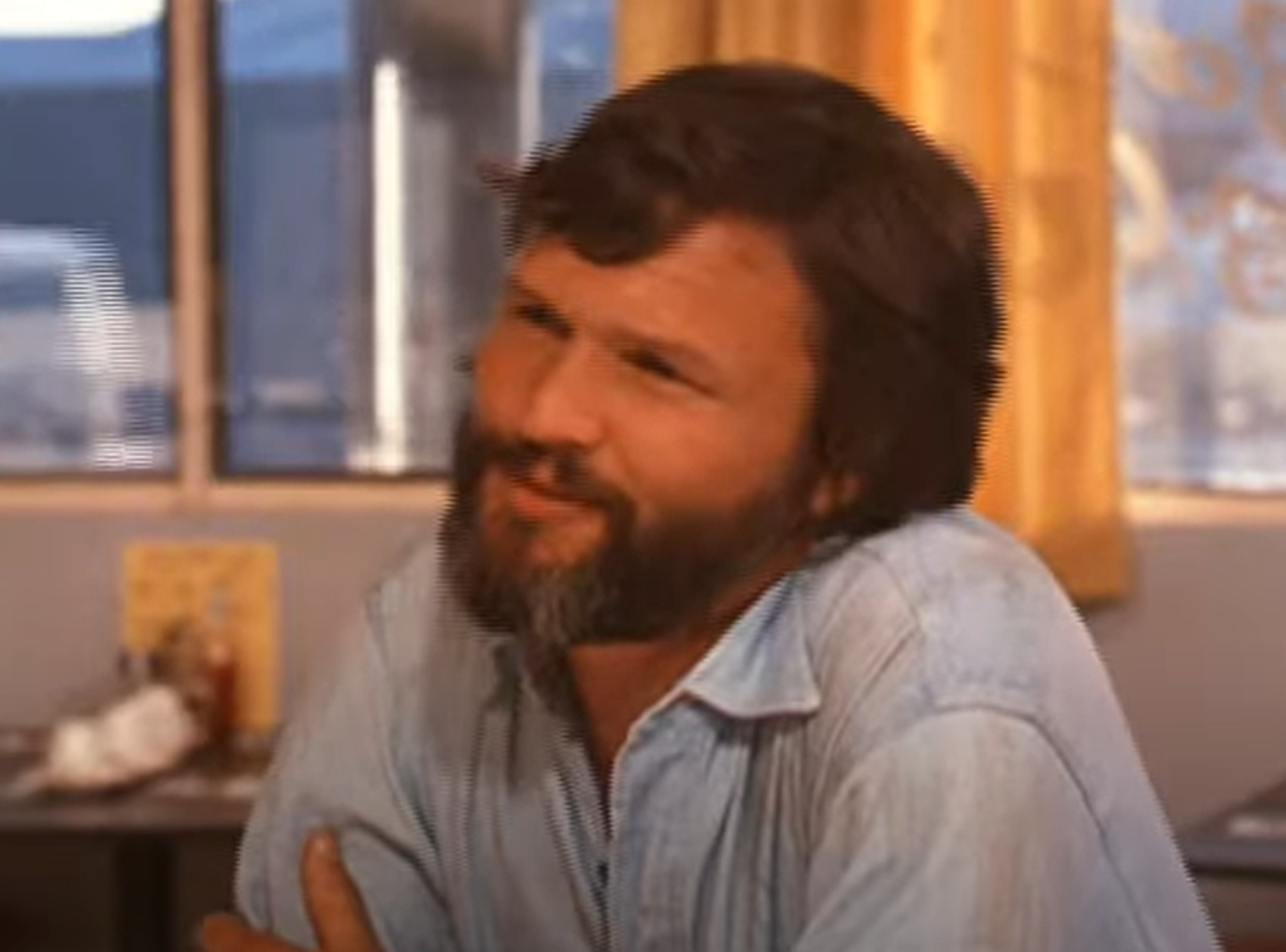 Warner Bros., Alice Doesn't Live Here Anymore (1974)
Warner Bros., Alice Doesn't Live Here Anymore (1974)
29. He Made An Important Friend
Scorsese took a liking to Kristofferson for two reasons. Kristofferson was somehow able—maybe through charm and good looks—to calm down building owners when filming went overtime. Scorsese also said that Kristofferson was “one of his favorite leading men”. He said he was a “silent masculine hero”.
Alice Doesn't Live Here Anymore was a huge hit and got Academy Award recognition. For his next film, Kristofferson was ready to reveal another side of himself.
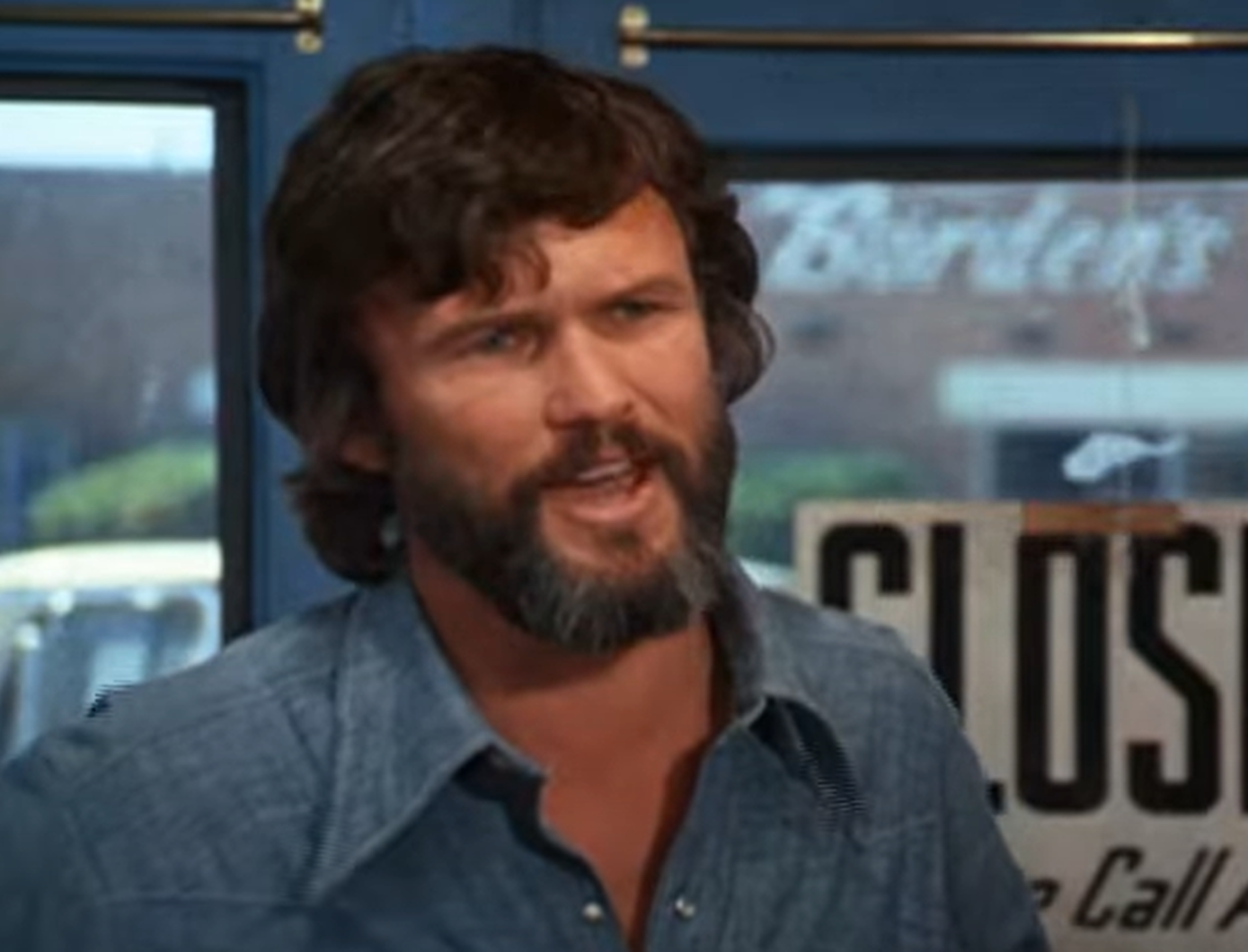 Warner Bros., Alice Doesn't Live Here Anymore (1974)
Warner Bros., Alice Doesn't Live Here Anymore (1974)
30. He Got An R Rating
Kristofferson didn’t stay in the rom-com mode for long, and his next feature film raised quite a few eyebrows. This was 1976’s The Sailor Who Fell from Grace with the Sea. This R-rated movie had Kristofferson and his costar Sarah Miles in some very intimate scenes. When it came time to do publicity for the film. Kristofferson got himself into a heap of trouble.
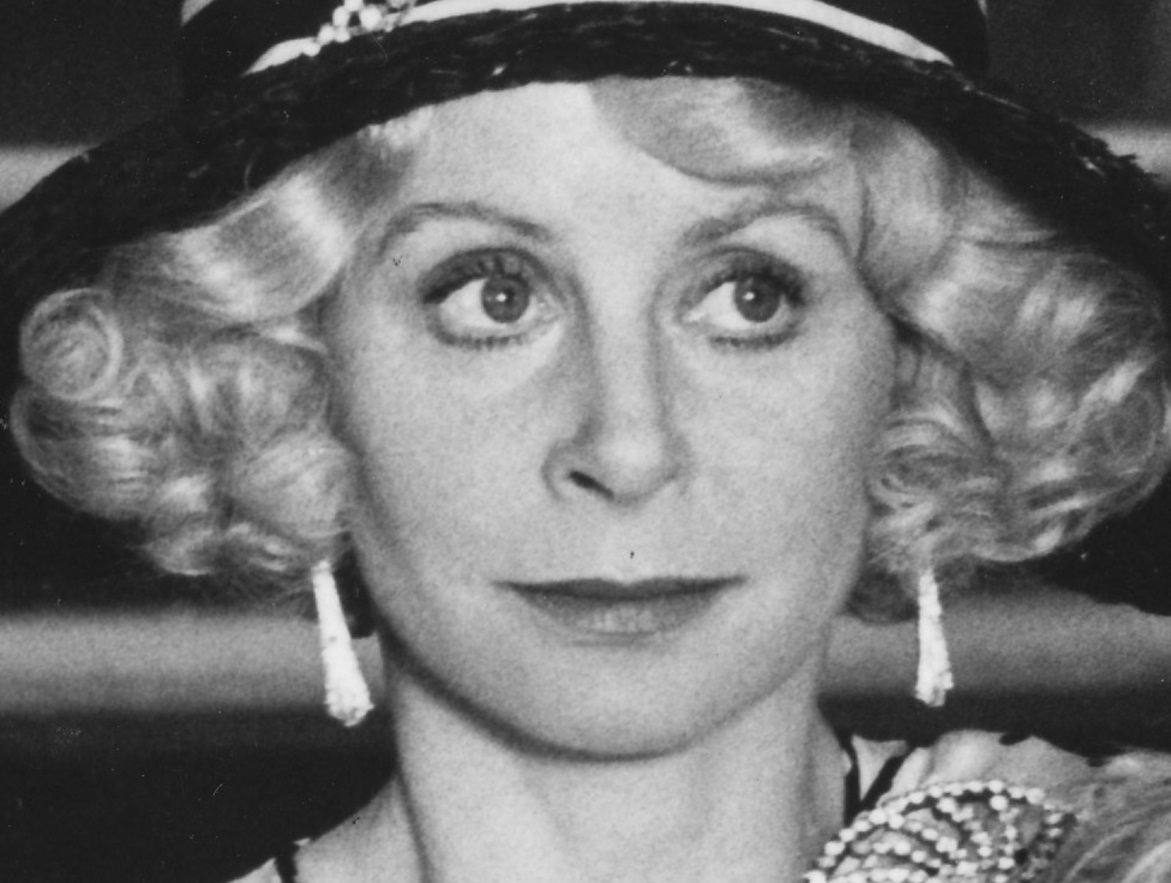 Merlin Energy, CC BY-SA 3.0, Wikimedia Commons
Merlin Energy, CC BY-SA 3.0, Wikimedia Commons
31. He Got Intimate
To promote The Sailor Who Fell from Grace with the Sea, someone in marketing had the great idea to have Kristofferson and his costar do a sensual photoshoot for Playboy magazine. Kristofferson said he was under the influence when the photoshoot took place, and because of that, he seemed to have forgotten one important thing.
He was a married man, and his wife was not going to be happy.
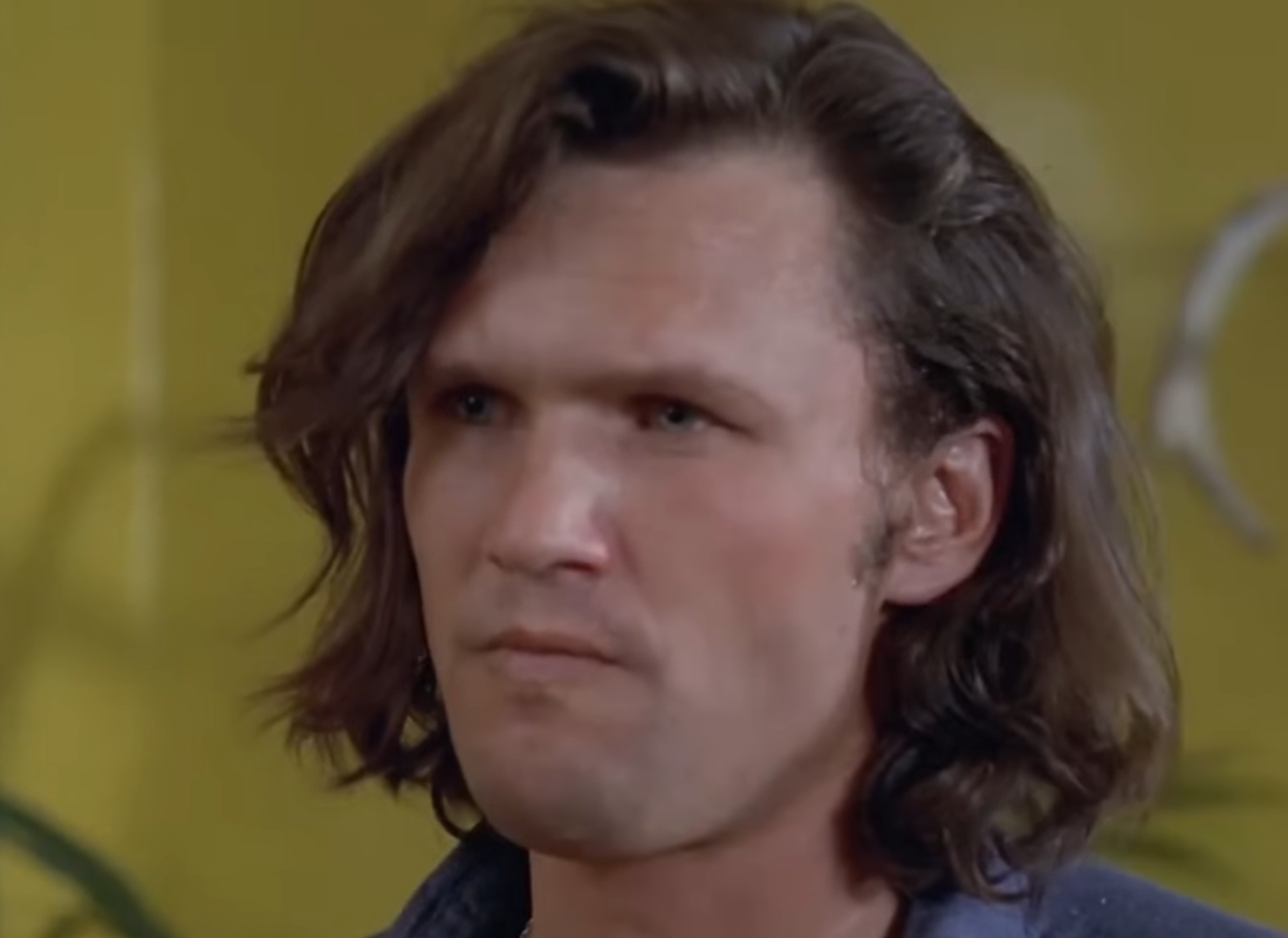 Columbia Pictures, Cisco Pike (1971)
Columbia Pictures, Cisco Pike (1971)
32. She Didn’t Like It
Kris Kristofferson and Rita Coolidge had tied the knot in 1973, and unsurprisingly, she was not happy with her husband posing in such intimate positions with another woman. The promo photoshoot put their marriage on the rocks—but Kristofferson wouldn’t have time to work on fixing it. He was about to get a call that would change his life.
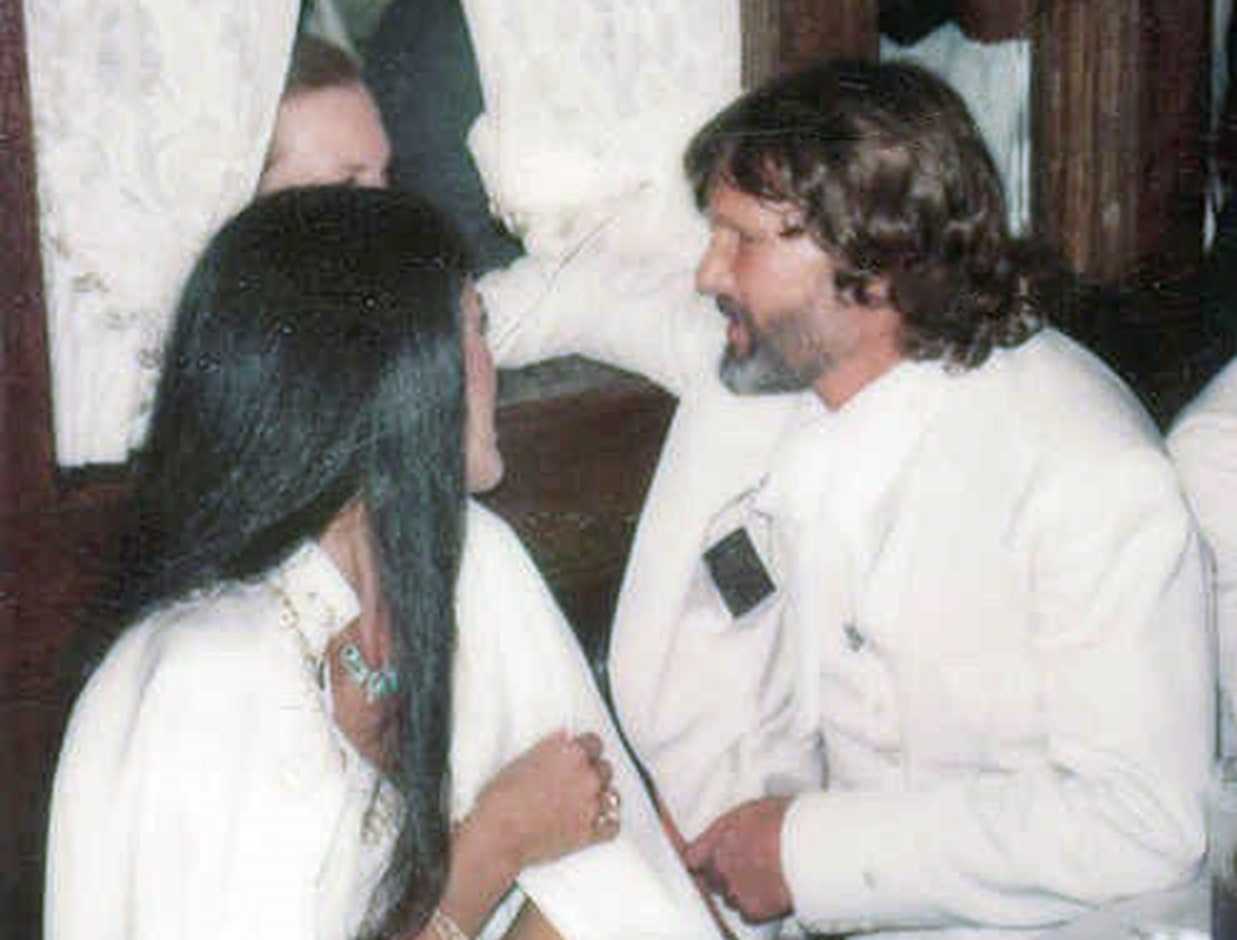 Alan Light, CC BY 2.0, Wikimedia Commons
Alan Light, CC BY 2.0, Wikimedia Commons
33. He Got An Astonishing Offer
While he was still married to Coolidge, Kristofferson got the call for a really important film. The offer was to play a has-been musician opposite triple threat Barbra Streisand. If he felt inflated by the offer, he probably didn’t know the truth. Streisand had really wanted Elvis Presley to play the role and had gone to great lengths to get him.
With Kristofferson, Streisand was stuck with her second choice—and filming would be no bed of roses.
34. He Butted Heads
The first problem Kristofferson had on A Star is Born was with the director. Frank Pierson was a veteran of WWII, and he had a problem with Kristofferson. He didn’t like the fact that Kristofferson was in the army but somehow managed to avoid going to Vietnam. For this reason, the two did not get along.
Not only did Kristofferson not see eye-to-eye with Pierson, he also butted heads with Streisand herself.
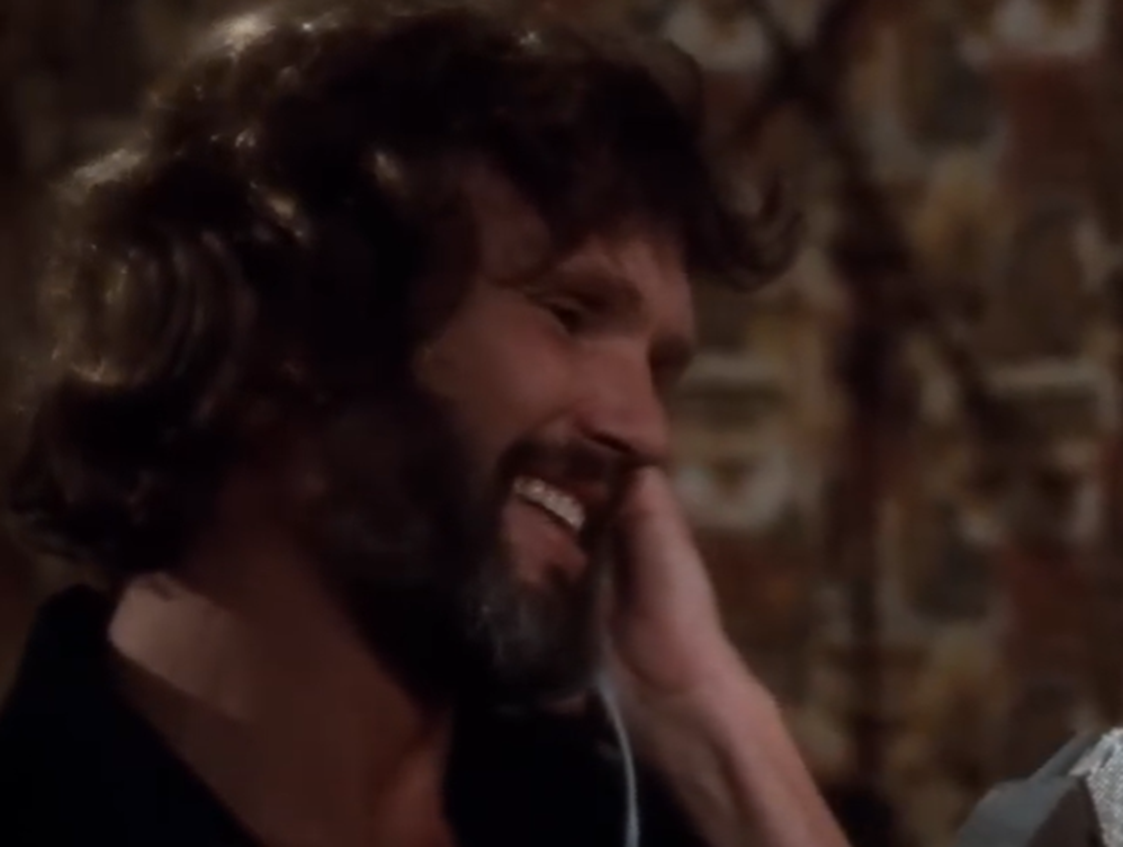 First Artists, A Star Is Born (1976)
First Artists, A Star Is Born (1976)
35. It Was A Battle
Kristofferson and Streisand were not getting along during the filming of A Star is Born. Kristofferson would later say that working with the Funny Girl star almost made him want to stop making movies. He compared working on A Star is Born to the strenuous Ranger School which prepares soldiers for close combat on the battlefield.
Well, A Star is Born was dangerous in more ways than one.
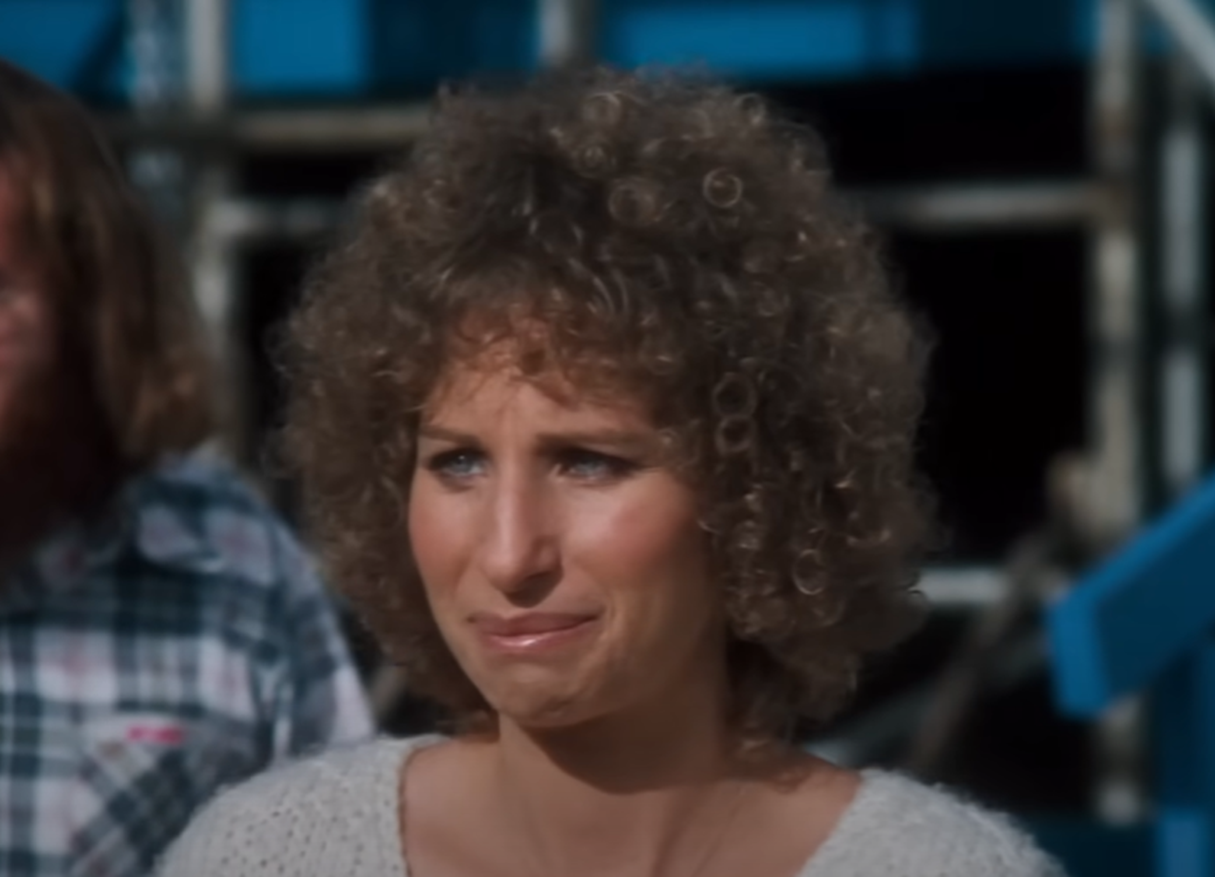 First Artists, A Star Is Born (1976)
First Artists, A Star Is Born (1976)
36. He Got Too Close
In A Star is Born, Kristofferson has a fight scene with Robert Englund, who would go on to play scary Freddy in A Nightmare On Elm Street. The thing was, Kristofferson thought that Englund was a stuntman and not an actor. It ended in disaster. When Kristofferson went in to punch Englund, he got too close and actually broke the guy’s nose.
It sounds like A Star is Born was mostly a disaster for Kristofferson, but at least one good thing did come out of it.
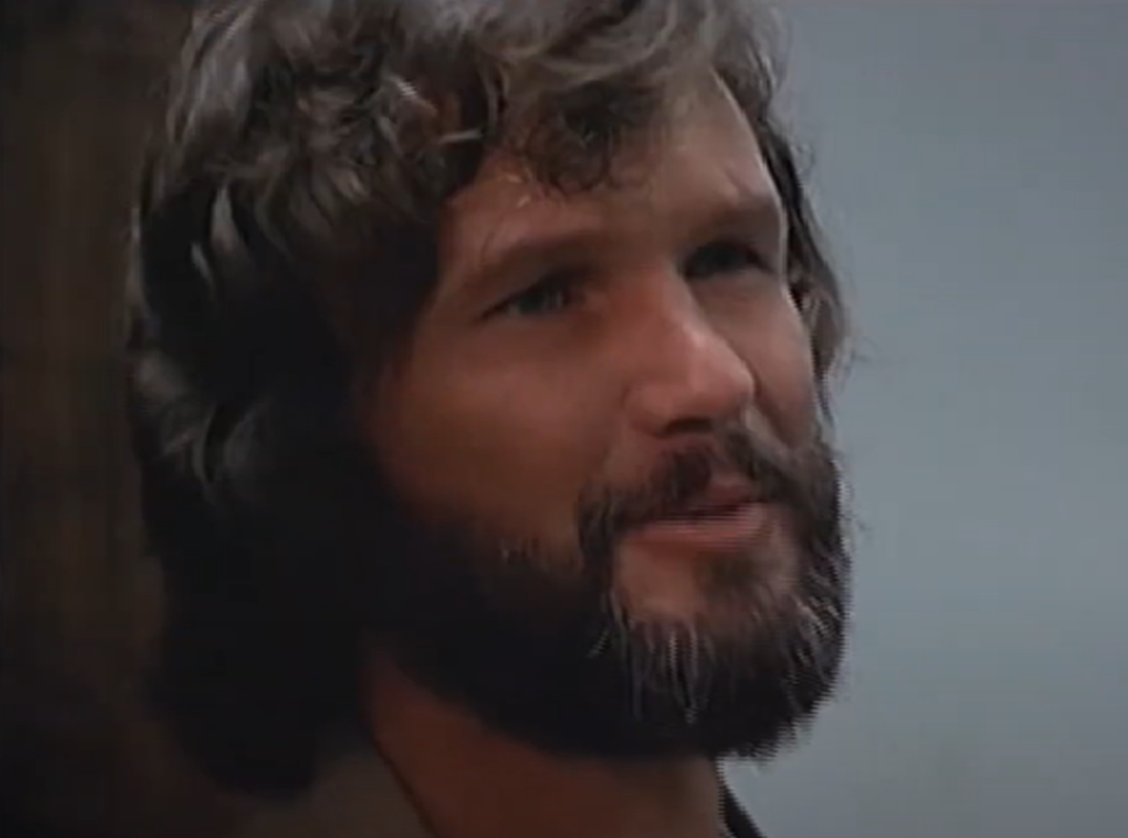 Warner Bros., Blume in Love (1973)
Warner Bros., Blume in Love (1973)
37. One Scene Helped Him Quit
Like his character in A Star is Born, Kris Kristofferson had a drinking problem. At the end of the movie—spoiler alert—Kristofferson's character causes a terrible car accident that takes his life. When Kristofferson was working on that scene, he realized that this could actually happen to him. This morbid thought helped him quit drinking cold turkey.
When awards season arrived, A Star is Born got a very mixed reaction.
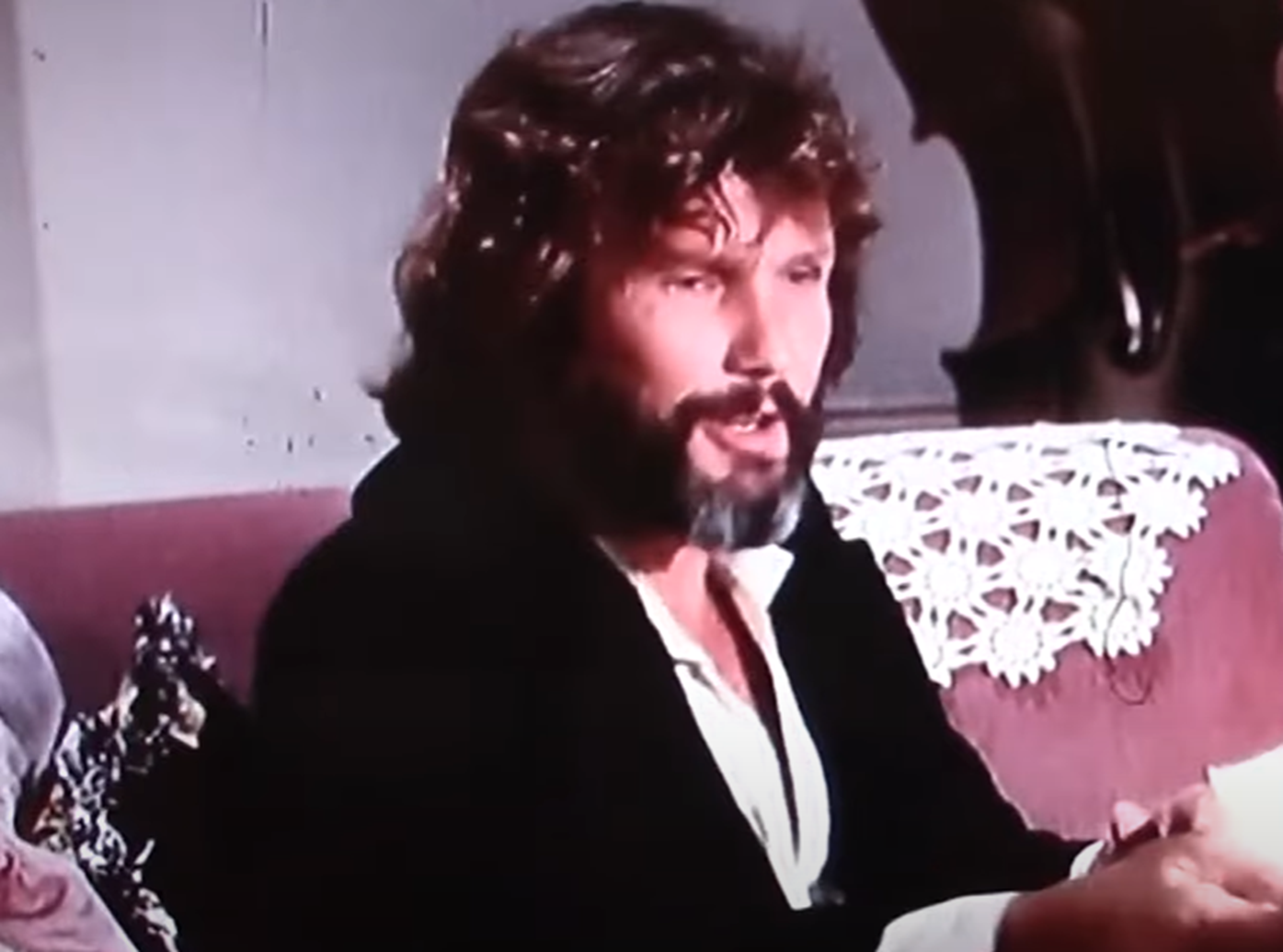 First Artists, A Star Is Born (1976)
First Artists, A Star Is Born (1976)
38. He Got Honored
A Star is Born was not much of a darling with critics, but it did pull in decent box office. And while Oscar night wasn’t big for the film, the people at the Golden Globes seemed to love it. The film took home five trophies, and Kristofferson ended up with the one for Best Actor in a Musical or Comedy. With this accolade behind him, Kristofferson would have the pick of films.
Too bad he picked a major dud.
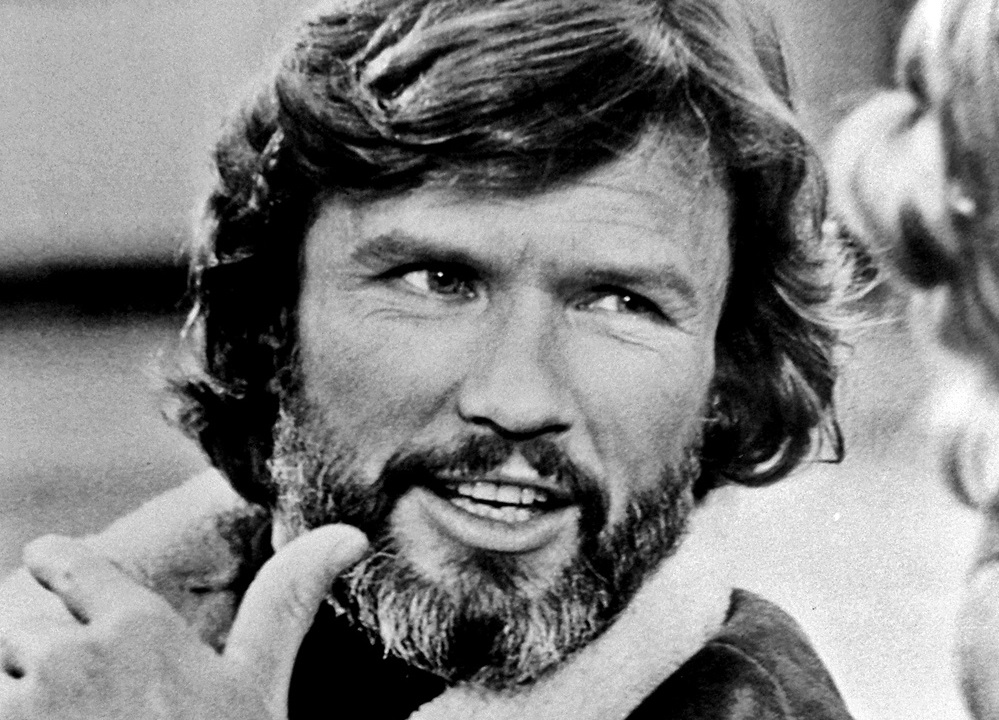 Magna Artists, Wikimedia Commons
Magna Artists, Wikimedia Commons
39. It Was Going To Be Epic
Writer/Director Michael Cimino was hot off the success of his Academy Award-winning film The Deer Hunter. For his next project, he was making a film called Heaven’s Gate, and he wanted Kristofferson as the leading man. The studio was giving Cimino whatever he wanted to make this film. Sadly, it would quickly turn into one of the biggest disasters in cinematic history.
40. It Was A Double Humiliation
Heaven’s Gate soon became a running joke in Hollywood as being an over-budget disaster. To make that absolutely clear, it received five nominations at that year’s Golden Raspberry Awards. While Cimino took home worst director, Kristofferson had a different humiliation. He received two nominations that year: one for Heaven’s Gate, and another for Rollover with Jane Fonda.
Kristofferson won neither Raspberry, but that didn’t stop his career from taking a very major hit.
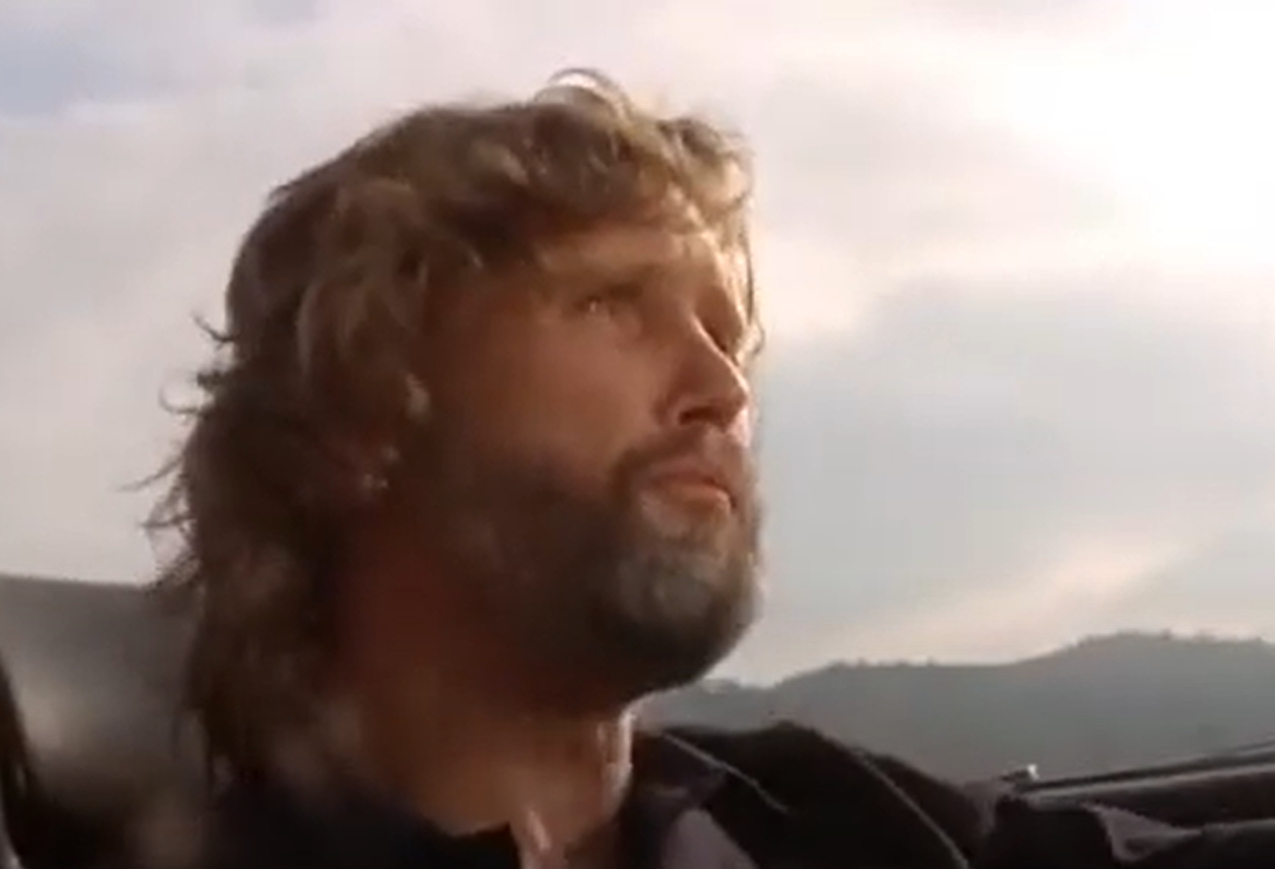 First Artists, A Star Is Born (1976)
First Artists, A Star Is Born (1976)
41. He Faced Another Hardship
Still reeling from the disaster that was Heaven’s Gate, Kristofferson faced another hardship. His marriage to Coolidge was ending. The two appeared together on the The Muppet Show and then divorced. The 1980s were not starting out well for Kristofferson, and he desperately looked for something that could turn things around.
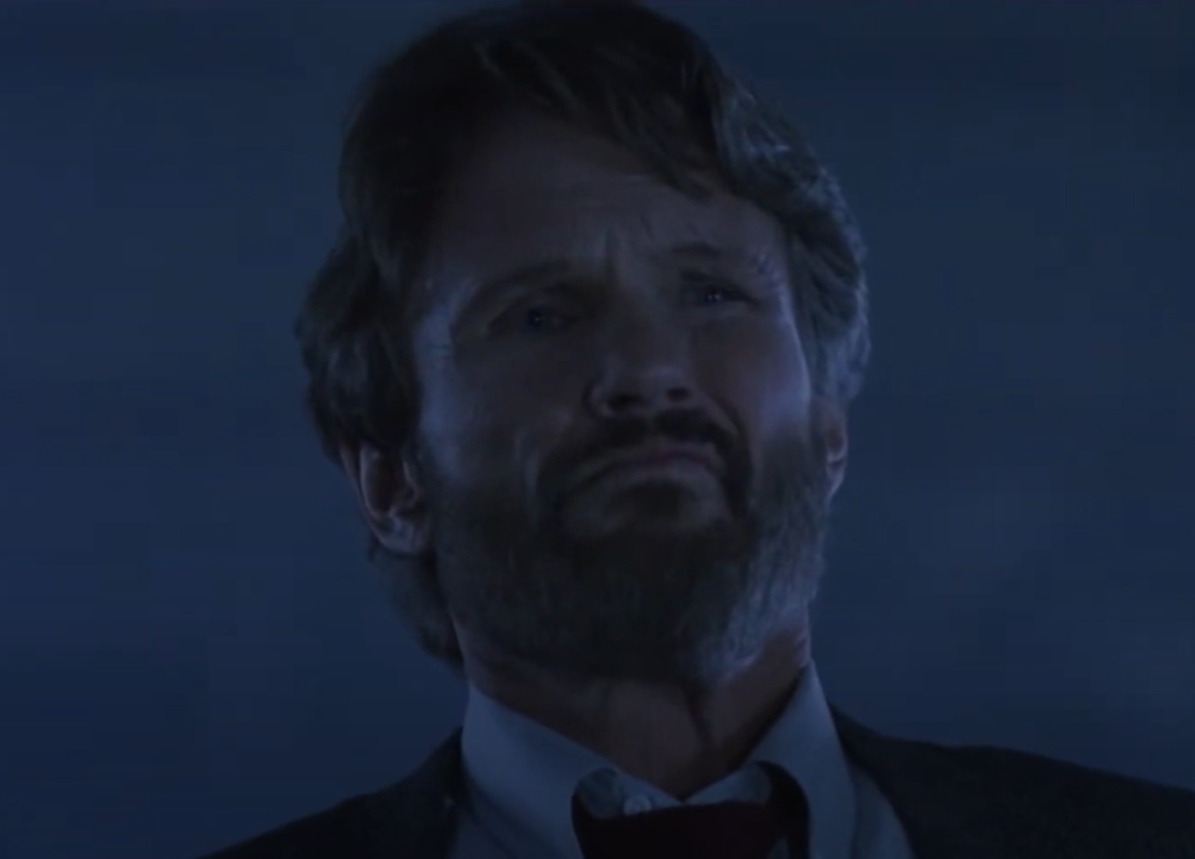 Gladden Entertainment, Millennium (1989)
Gladden Entertainment, Millennium (1989)
42. He Changed His Focus
Kristofferson wasn’t getting any good film offers, so he focused on music. Luckily, he had good friends in high places. In 1982, he made The Winning Hand, an album with Dolly Parton and Willie Nelson. The thing was, Kristofferson still wanted to make movies. All he could do was wait for fickle Hollywood to welcome him back.
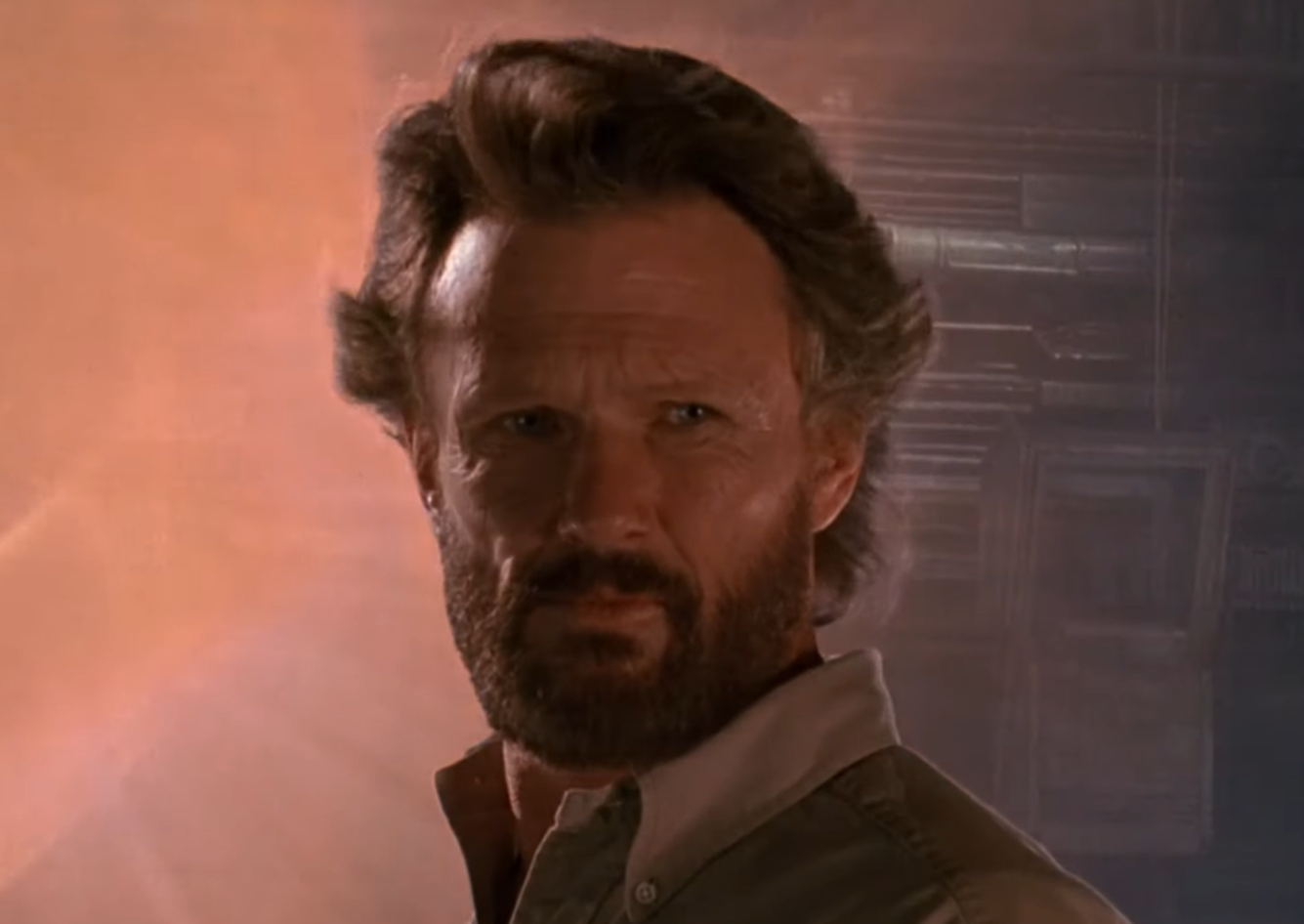 Gladden Entertainment, Millennium (1989)
Gladden Entertainment, Millennium (1989)
43. He Climbed Back
Four years passed, and Kristofferson still hadn’t received an offer for a film role that he could take seriously. By 1984, something shifted, and Kristofferson got two roles. These were Flashpoint and Songwriter. Both did decent box office, and they signified a return for Kristofferson. Sure Kristofferson was back, but something was different.
He was no longer the leading man he once was. He was something else.
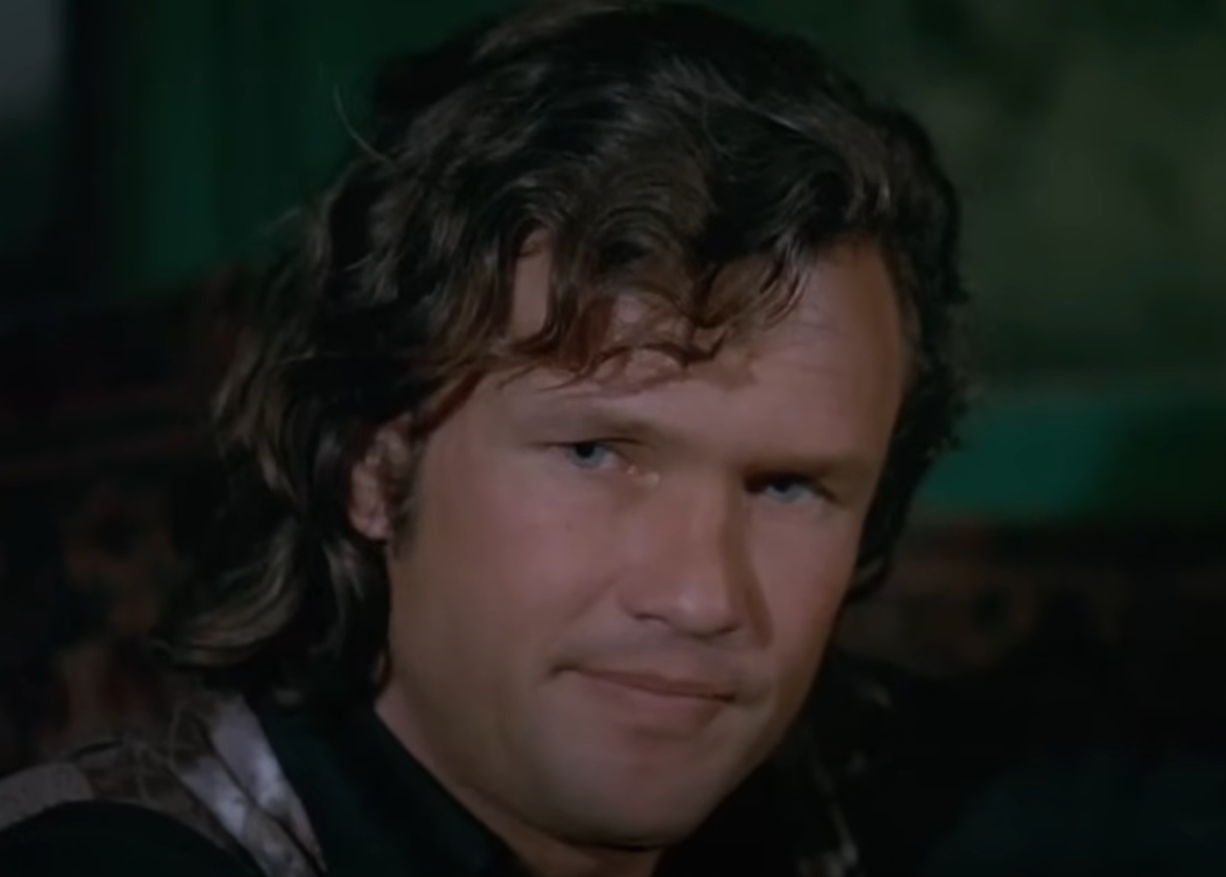 Columbia Pictures, Cisco Pike (1971)
Columbia Pictures, Cisco Pike (1971)
44. He Was Cool
When writer David S Goyer was writing the screenplay that turned vampire-fighting Blade from a comic book into a movie, he had actor Samuel Fuller pegged for the supporting character Whistler. That was fine, but the director had someone else in mind. He wanted Kristofferson because he thought he was a “cool grandfather…type of guy”.
It was now official. Kristofferson was more of a character actor than a leading man, but what would this mean for his career?
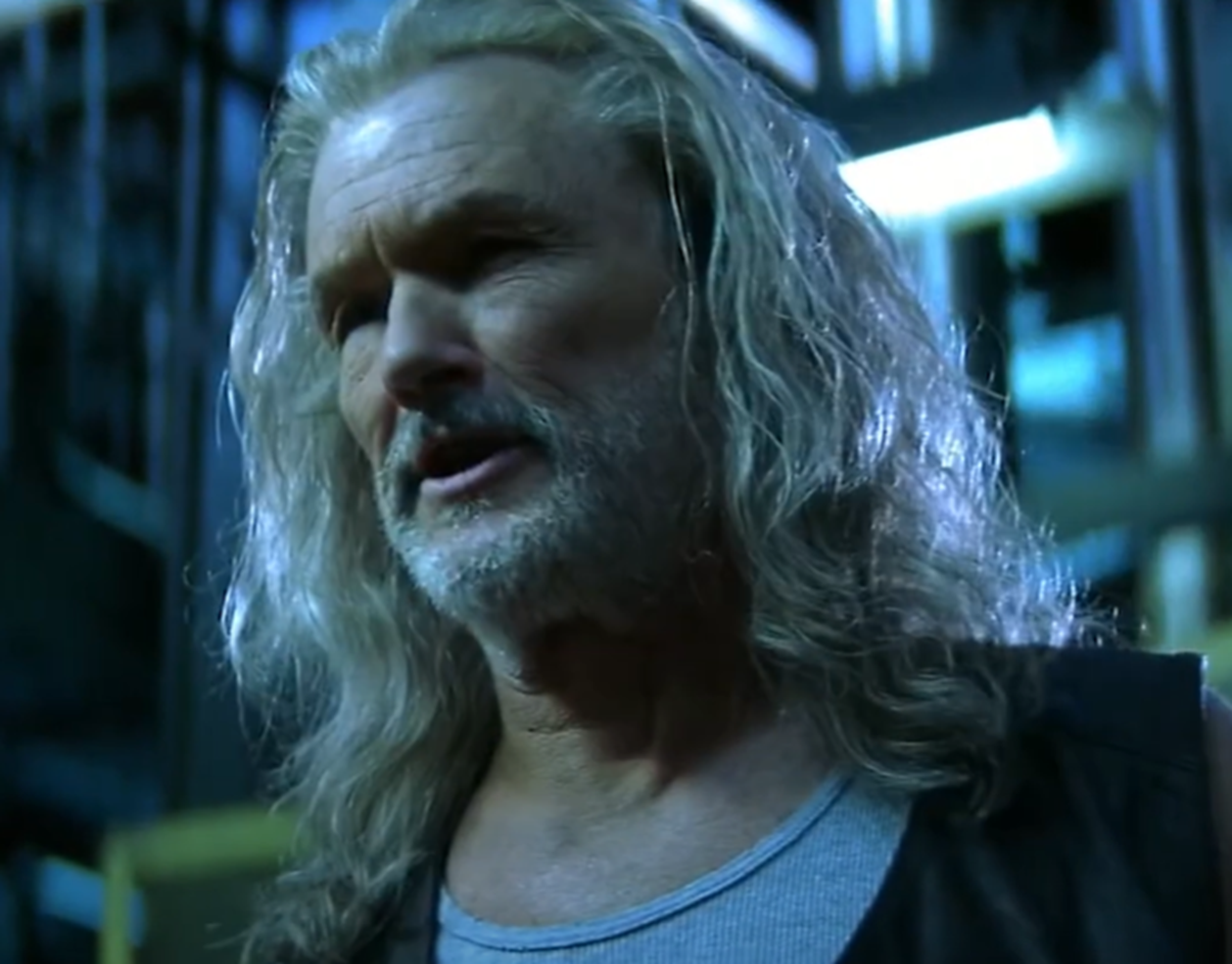 Marvel Enterprises, Blade (1998)
Marvel Enterprises, Blade (1998)
45. He Was Pitch-Perfect
In choosing Blade, Kris Kristofferson had made a wise decision. The film turned into a trilogy, and Kristofferson was along for all three. While some complained that Whistler should have been Black—like in the comic book—others praised Kristofferson's performance. Ethan Hawke was over the moon with Kristofferson's acting and called it “pitch-perfect”.
Having a fan like Hawke would soon be paying off in a big time for Kristofferson.
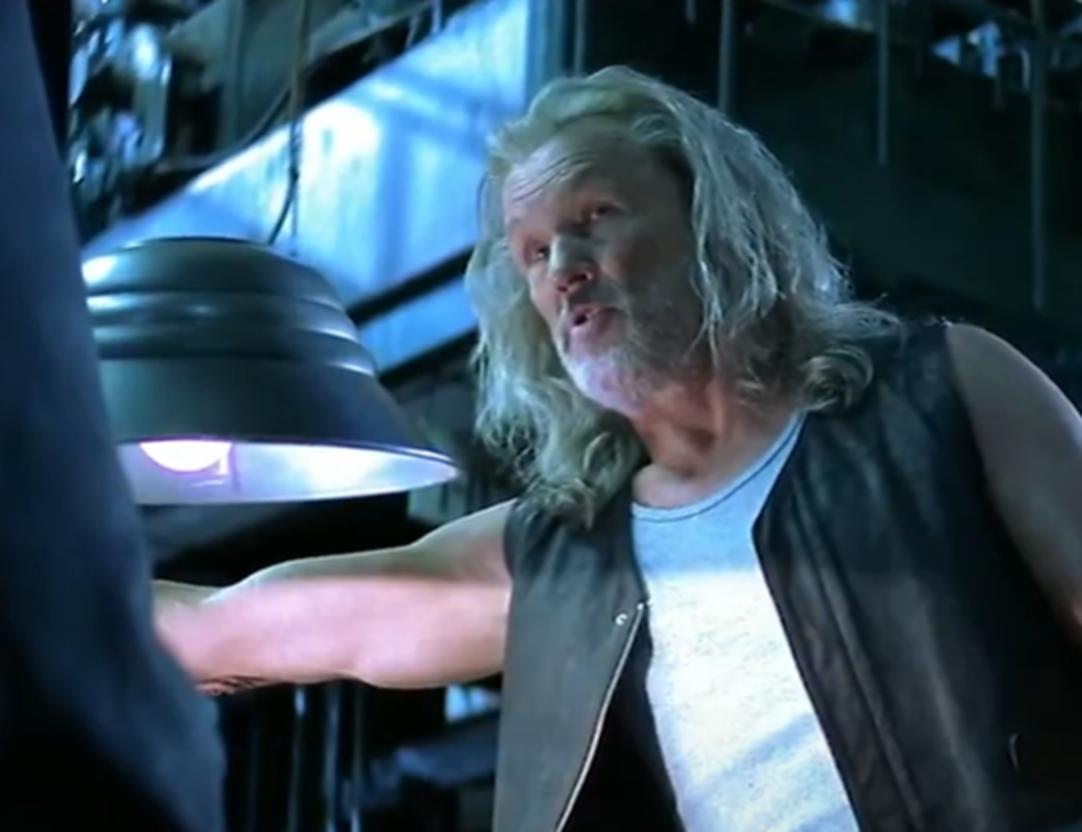 Marvel Enterprises, Blade (1998)
Marvel Enterprises, Blade (1998)
46. He Helped A Friend In Need
In 1992, singer-songwriter Sinead O’Connor had gotten into trouble when she tore up a picture of the Pope on Saturday Night Live. Two weeks after that incident, O’Connor was appearing with Kristofferson at a tribute concert for Bob Dylan. When O’Connor got on stage, the crowd booed her. Kristofferson’s reaction was unforgettable.
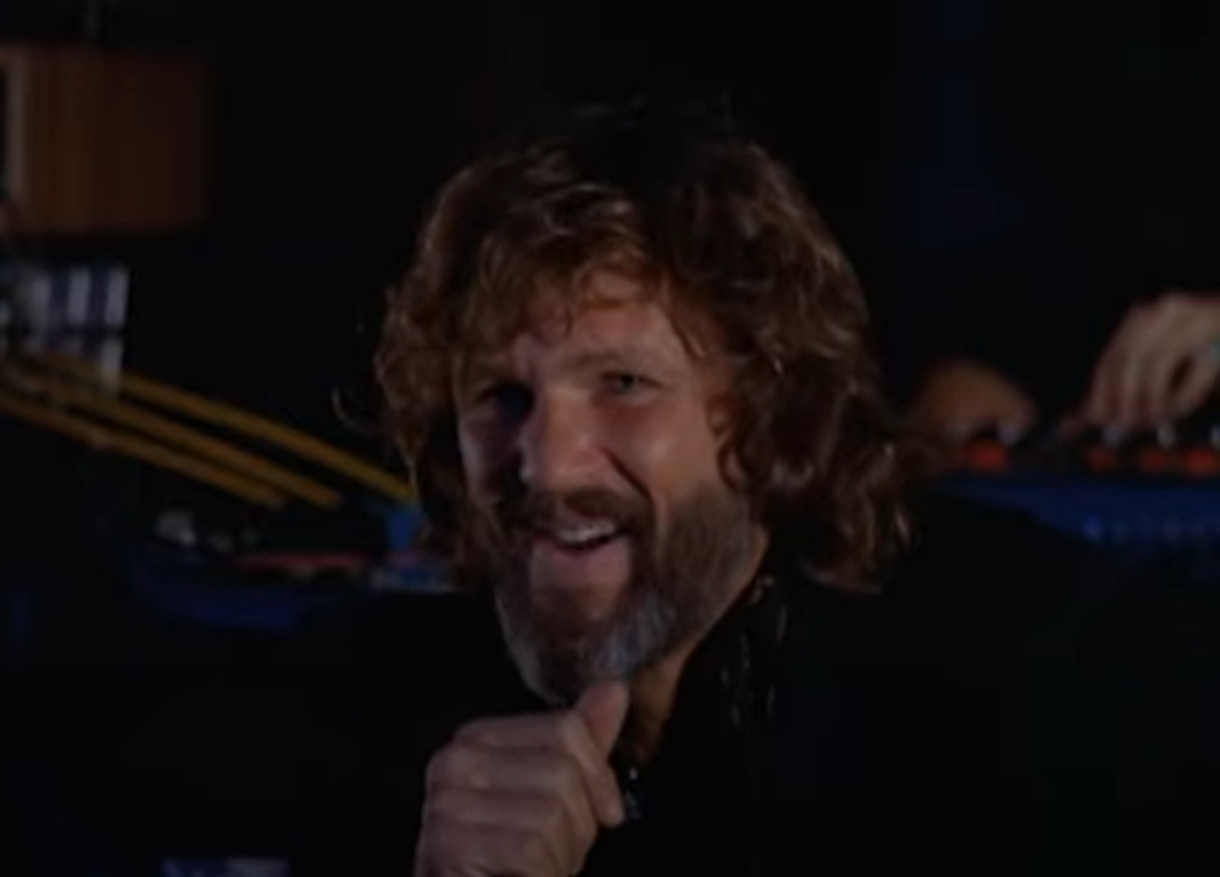
47. He Went Against The Crowd
It would be easy for any established star to step aside and let the crowd tear the then-new-to-stardom O’Connor to shreds. Instead, Kristofferson offered support with seven unforgettable words: “Don’t let the b------s get you down”. O’Connor’s response was equally iconic. In tears, she looked at Kristofferson with gratitude and said “I’m not down”.
She got back onstage and sang the same song from SNL, and Kristofferson later comforted her as she exited the stage. It didn’t take long for Krisofferson’s kindness to get rewarded.
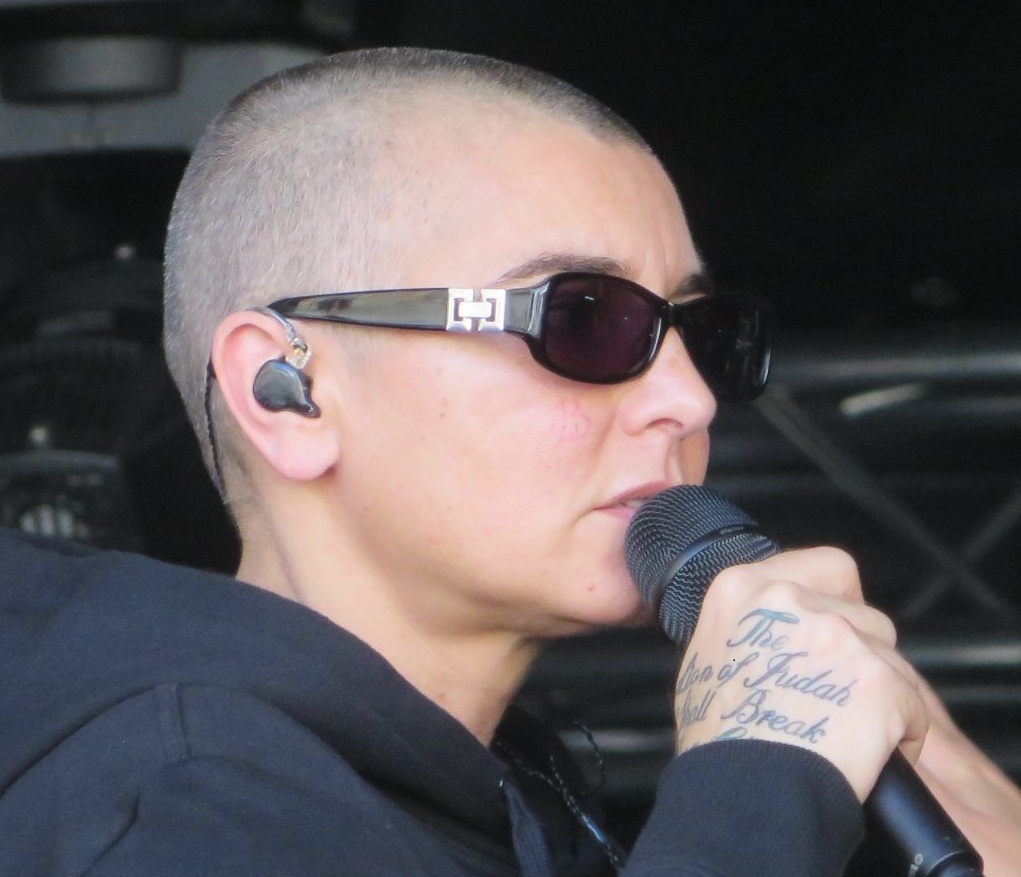 Grussworte, CC BY-SA 3.0 ,Wikimedia Commons
Grussworte, CC BY-SA 3.0 ,Wikimedia Commons
48. He Went Back To His Roots
Ethan Hawke remembered Kristofferson from Blade and offered him a role in his similarly titled Blaze. This was a biopic about Blaze Foley, a man who was a legend to singers of the Texas outlaw music genre. This was going right back to Kristofferson’s roots as a country-singing outlaw, and it was a fitting way for Kristofferson to end his movie career.
With this film, Kristofferson said goodbye to making movies and hello to a beautiful life.
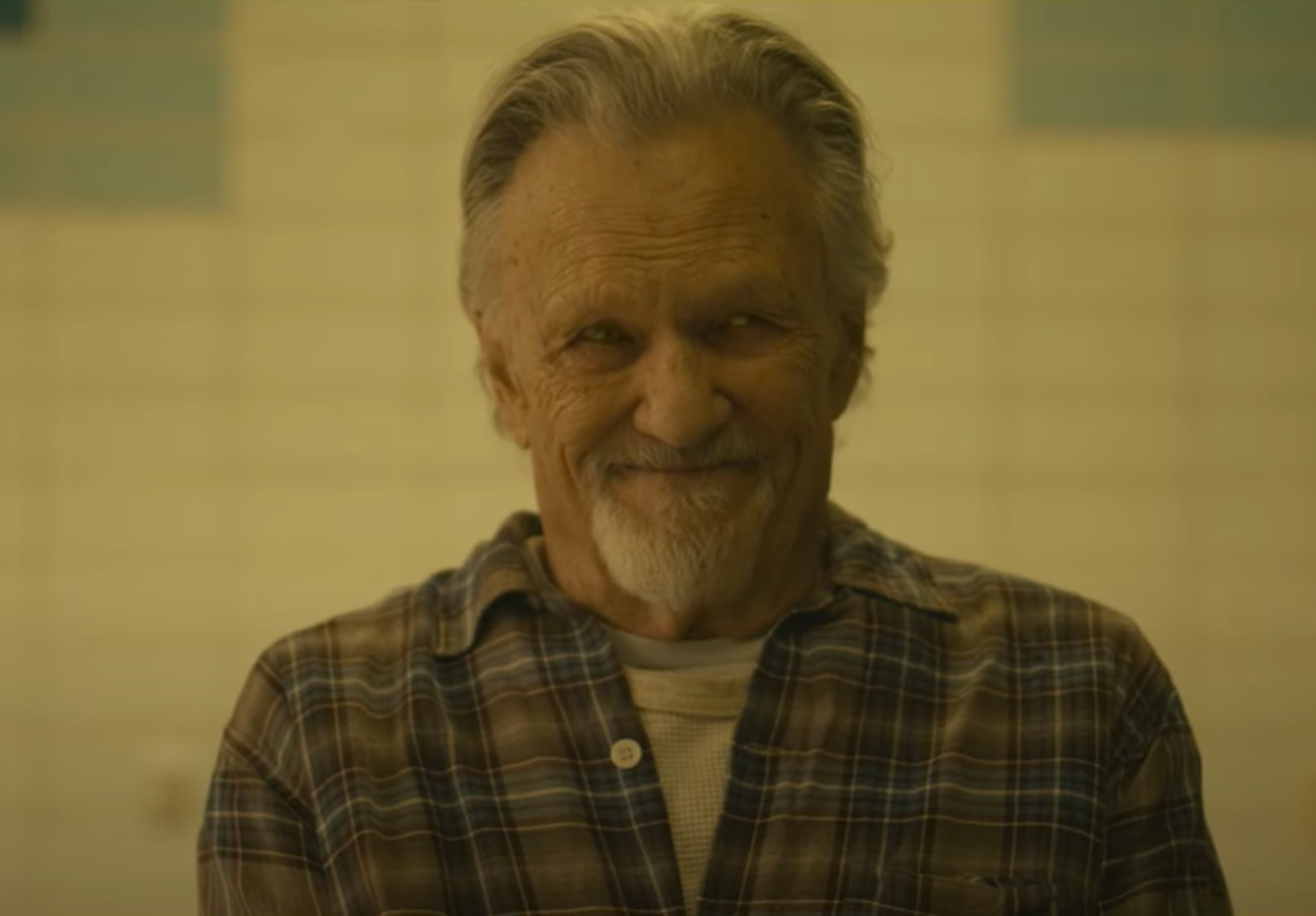 Black Hangar Studios, Blaze (2018)
Black Hangar Studios, Blaze (2018)
49. He Lived In Paradise
Kris Kristofferson spent his last years with his third wife, Lisa Meyers. They were splitting their lives between homes in California and Hawaii. On September 28, 2024, Kristofferson's idyllic life came to a close. When he passed, he was at his home in Hawaii and around him were various members of his family. Left to mourn were his wife, eight children, and seven grandchildren.
Strangely, this was not the end to his life that Kristofferson had predicted.
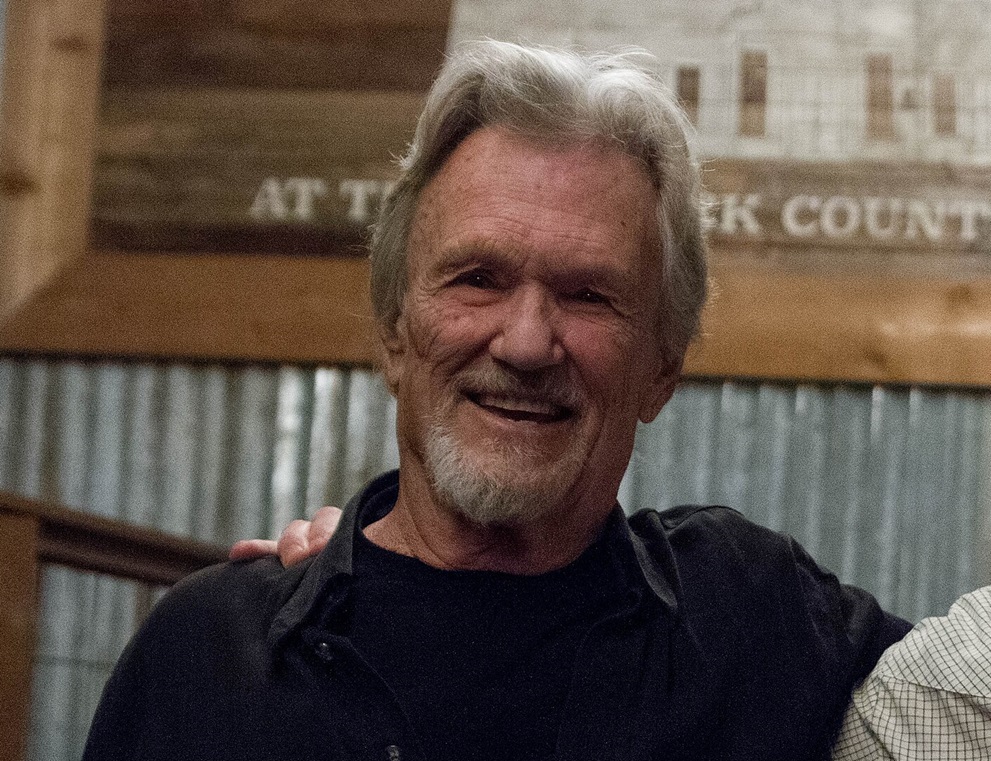 Republic Country Club, CC BY 2.0, Wikimedia Commons
Republic Country Club, CC BY 2.0, Wikimedia Commons
50. He Outlived His Expectations
When he was young, Kris Kristofferson often had a negative view about his future. He knew he had a problem with drinking, but what kept him going was that he was able to function while inebriated. But during that time—before he managed to quit—he thought he wouldn’t live long. In fact, he said he probably wouldn’t make it past 30.
Lucky for him he was totally wrong, and lived to the ripe old age of 88.
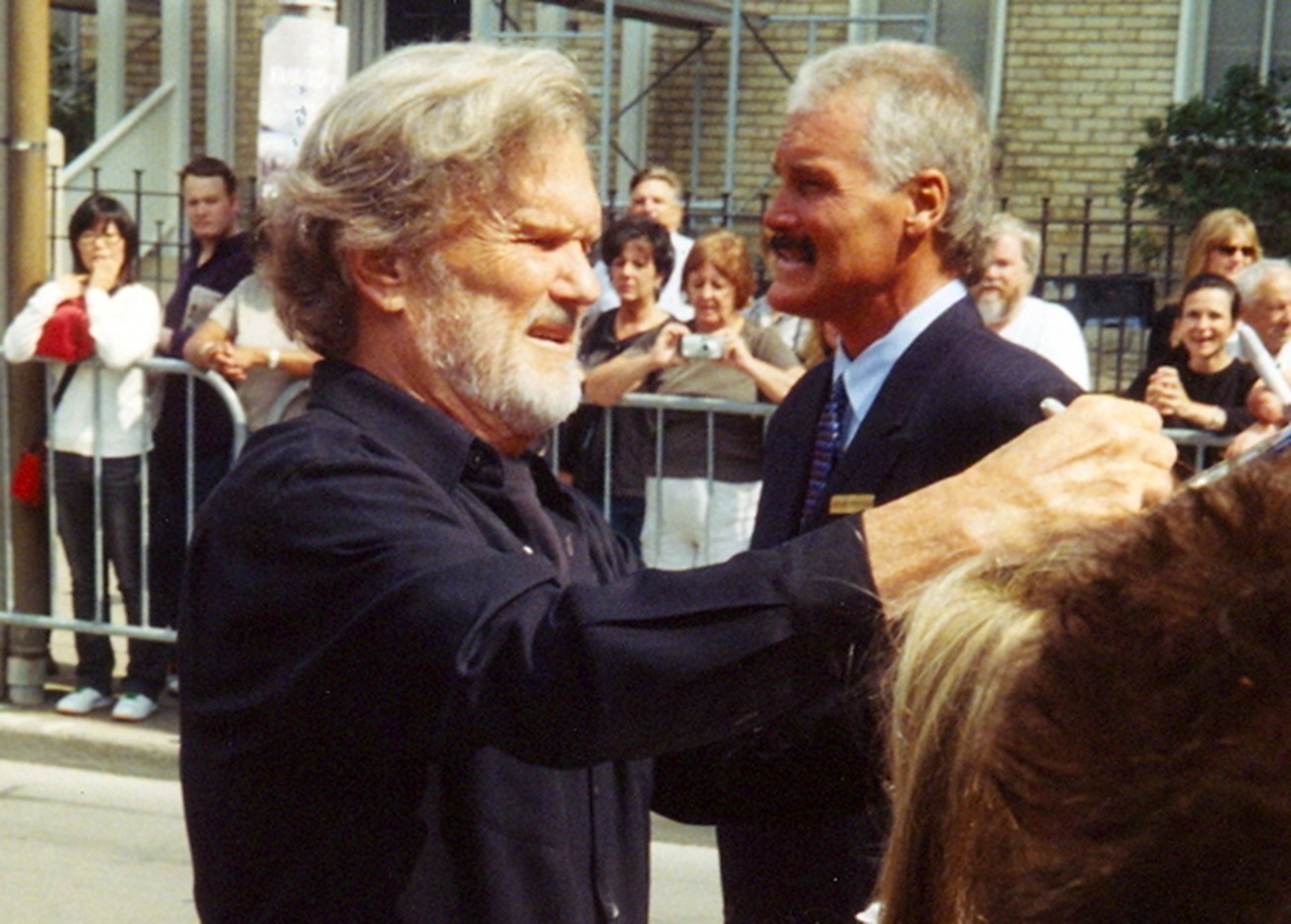 GabboT, CC BY-SA 2.0, Wikimedia Commons
GabboT, CC BY-SA 2.0, Wikimedia Commons
51. He Wasn’t Always Nice
Years after their divorce, Rita Coolidge opened up about what had happened between her and Kris Kristofferson—and what she revealed was brutal. Coolidge claimed that he would constantly put her down, especially downplaying her musical success, even though she was making a new album almost every year. She also said that he hit her. It happened only once, but that was enough.


